A great way to spend an afternoon near Bismark, ND
Hello Beyond Last Week readers! Welcome to 1875. You read that right, 1875. Well, not really, but if you visit Fort Abraham Lincoln State Park in North Dakota is set up like it is 1875.
Fort Abraham Lincoln Park is located outside of Bismarck, North Dakota along the Missouri River. If you are in Bismarck (or traveling through) this is a great afternoon stop and well worth the time and park fee. This is the location that Lieutenant Colonel George Armstrong Custer (or Brevet* Major General Custer, a rank he earned for a brief time during the Civil War and, and a rank his men recognized him as out of respect (see the note at the bottom for an explanation of Brevet)) lived when he led a failed mission into the remote region of what is now Southern Montana and died with his men.
This blog post will explore the Fort (a Cavalry post) and another Fort (Fort McKeen, an Infantry post) and sample what life was like in the late 1800s. So, sit back and enjoy a trip back in time and some travel tips.

Bismarck
Bismarck North Dakota is a quiet town in the upper Midwest. It is the capital of North Dakota and sits along I-94 and along the banks of the Missouri River. Established in 1872, Bismarck is the second most populous North Dakotan city behind Fargo. The area was the longtime home region to the Mandan, a Native American tribe. In fact, Mandan is the town along the opposite bank of the Missouri. Located inside Fort Abraham Lincoln Park representing a typical Mandan village, is the partially rebuilt village called On-a-Slant Village. Unfortunately, we did not have enough time to explore this area.
What were we doing in North Dakota? Hockey Camp. As a high school graduation gift for our daughter, my wife and I took her to an all-girls hockey camp in Mandan. If you have a young hockey player, I highly recommend the Lamoureux hockey program. This camp was an all-girls camp. About 100 girls (mostly from North Dakota and Minnesota, but a few from places like Florida, Massachusetts, California and Virginia showed up). Mario Lamoureux, his sisters (Olympic Gold Medalists and twins) Monique and Jocelyne and their staff did an outstanding job with the camp.

Not only did the camp focus on on-ice skills, but off-ice skills, conditioning, lectures on what to eat, what to expect as you get older and want to play in college and other stuff. Please visit their site (Lamoureux Hockey) to learn more. They also have several camps geared to boy’s hockey, skating and shooting and are in several cities in the upper mid-west.
Camp finished mid-day on Sunday and, as usual, we wanted to explore. Our choice, Fort Abraham Lincoln State Park.
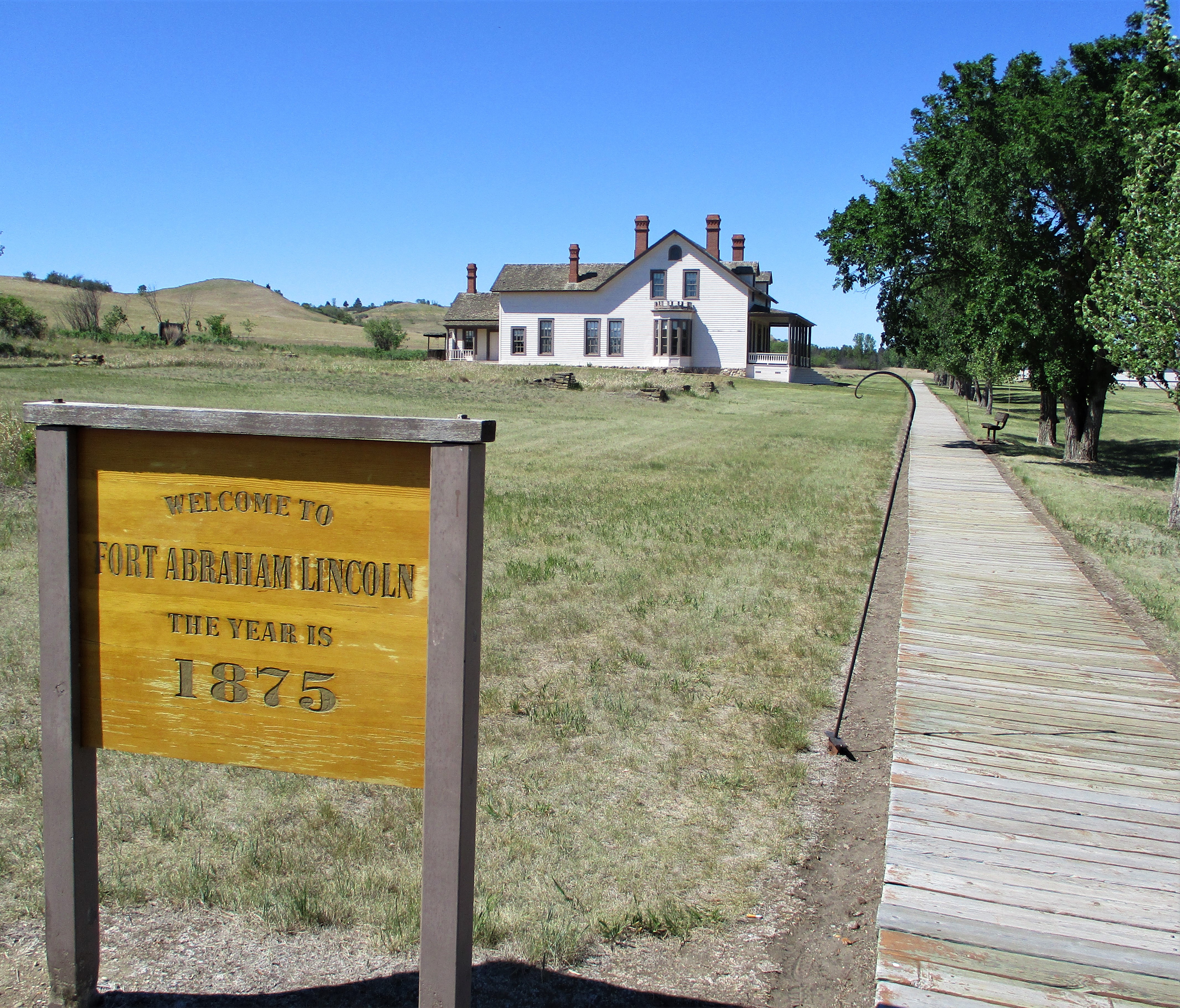
Travel Tips
Travel Tip #1a: Be prepared to explore. If you know you are going somewhere and you might have time, find things to do, places to explore, people to meet. I had several options already planned for us, and we decided to do Fort Lincoln Sunday afternoon and the North Dakota Heritage Center and State Museum on the way to the airport Monday morning. Be prepared for exploring all the time.
Travel Tip #1b: Be prepared to photograph anything at any time. When I plan a big trip and I have time and luggage room, I bring my good Canon camera and all its accoutrement. When I don’t have the time or space, I bring a simple point and shoot Canon (plus my cell phone). I suggest an extra battery as well as making sure your phone is charged. I am actually thinking about bringing my point and shoot with me on bigger trips in case I have to quickly capture a moment. Yes, it may not be as good and dynamic, but you will at least have something.
I am not a big fan of taking pictures with my phone. I will do it, but I prefer a real camera. And, yes, I know the camera (or cameras) are extra gear to carry, but I think it is worth it. I will fall back on my phone only if required. Something that captures the moment so I can enjoy it in the future. The moments you experience and people you meet are what make traveling special.
Travel Tip #2: North Dakota (and most upper mid-west states) has two seasons…winter and road maintenance. If you visit in the non-winter season, realize that you will need to be careful of workers, pay attention to traffic pattern changes, and don’t be surprised by the hot weather. The temperature was 102 when we were there. Check the weather and pack accordingly.
Back to 1875
The year is 1875, it is early April, you just disembarked from a ship on the Missouri River, and you are a new Cavalry Private fresh from training. Your orders sent you to the Dakota Territories and the 7th Cavalry, Company J, under the command of Captain Myles Keagh. The region is still wild. The 7th Cavalry’s mission over the last 3 years; protect the workers building the Northern Pacific Railroad and explore regions west for a site location to build a new Fort (and, unofficially, confirm rumors of gold in the Black Hills regions.) You are also excited because the 7th Cavalry fell under Lieutenant Colonel George Armstrong Custer, a famous warrior from the Civil War you were too young to fight in. Unfortunately, tensions are high between the U.S. Military and the Native Americans to the west.

This is the picture I suggest you have in mind when you visit the park. In 1875 the fort would have been bristling with activity and there would have been dozens of buildings. Fort McKeen stood atop the hill with more soldiers and the city of Bismarck a couple of miles away on the other side of the river.
Fast forward to Fort Abraham Lincoln State Park 2021
Currently, the Fort Abraham Lincoln Park has less than a half dozen buildings and Fort McKeen even less. In fact, the buildings that are there are not the originals. They were rebuilt starting in 1982, beginning with Lieutenant Colonel Custer’s quarters. Ironically, that was not the first time his quarters were rebuilt, but more on that in a few. The Park now consists of the Commander’s quarters, a commissary (also where you will check in and buy tickets if you want to tour Custer’s quarters and get a souvenir or snack), a granary, barracks and the stable (all rebuilt since 1982).
Let’s start exploring!
Like I said, you will need tickets to tour Custer’s quarters. I highly recommend it. After you purchase your ticket and time slot, you can start walking around (you can walk around and explore the other buildings (if open) without a ticket). As you walk towards the quarters, you will pass a sign welcoming you to 1875. Along the left side of the path, you will see foundations for other officers’ quarters. This side of the parade field is where the cavalry officers lived. On the right side of the walkway sits the parade field.

Does a parade field sound weird to you?
I spent most of my adult life working and living on a military base (see my About Me page) . A row of officer houses, parade field and (on the opposite side of the officers’ quarters) enlisted barracks all make sense to me and are normal. To most, it might seem foreign. The parade field is like a center hub. That is where the officers would review the soldiers; where the soldiers would practice some tactics; where the commanders can address the troops; and where a military change of command would take place (among other activities). The center of the field sits right outside Custer’s quarters. He could easily walk down his front steps and be right where he needed to be to address is troops.
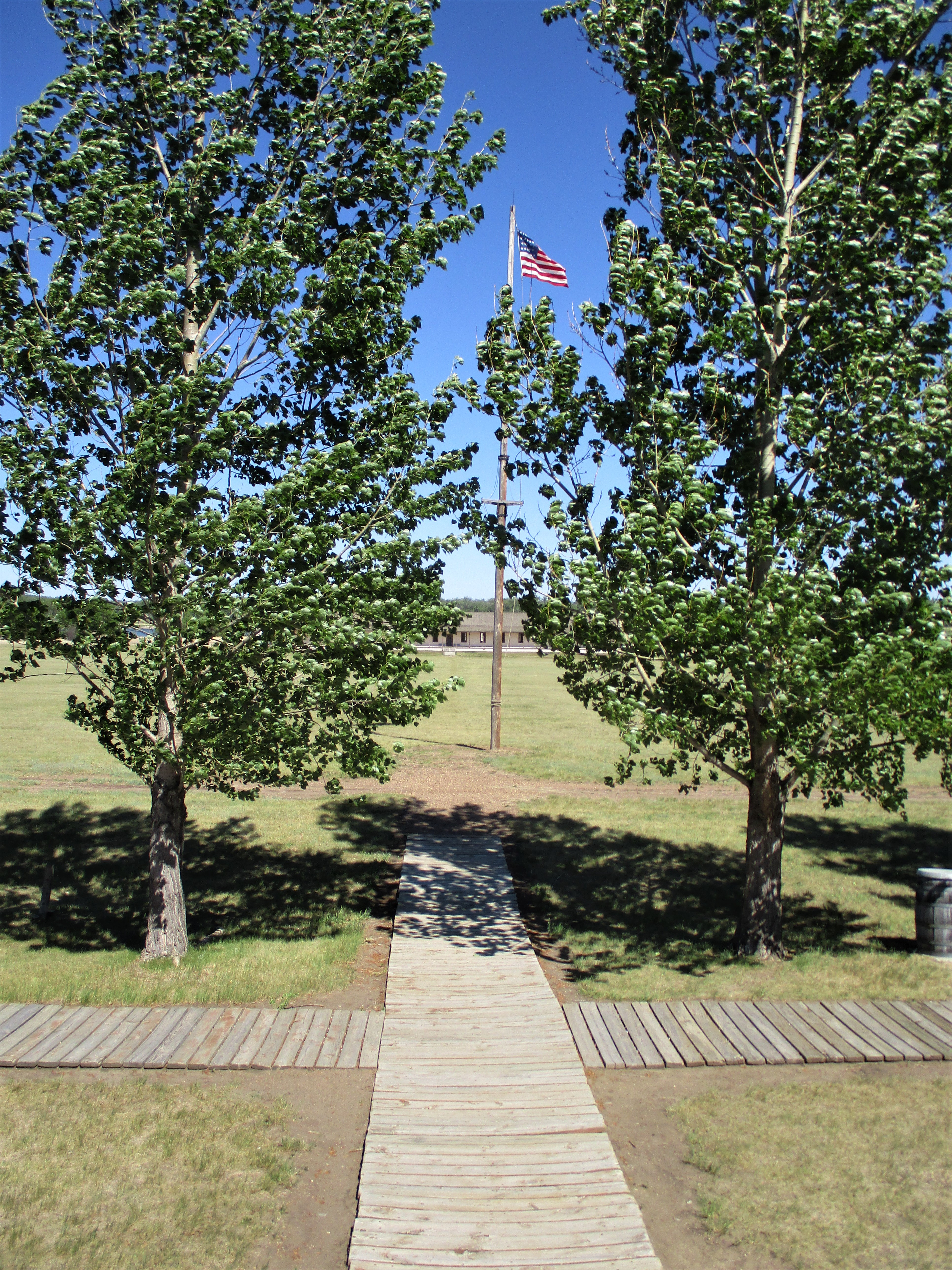
Walking up the stairs of Custer’s quarters you meet a docent that will guide your tour. Our docent, dressed in period costume as a Private in the cavalry, was awesome. His knowledge of the house, the time period, what happened to some of the people, and how he delivered the information amazed us.
Great information from our docent
Before going in, we found out some interesting information. As mentioned above, Custer’s quarters had been rebuilt before. A fire started in the master bedroom destroying the house less than a year after the Custers moved in. This turned out to be good news for Custer and his wife Elizabeth (Libbie). Now they could rebuild and make modifications to the house according to their desires. Some of the changes include; making 2 rooms into one large room on the first floor to greet and host visitors, attaching the kitchen to the house, changing a room upstairs to a billiard room and adding a dressing room for Libbie on the back of their master bedroom.
Secondly, (and this surprised us), the granary, now located off to the left of Custer’s porch is used for a haunted house during the fall. The haunted house usually gets more visitors in one night than Custer’s house does all year. I guess the locals don’t travel out to the park to see the buildings too often, but love the haunted house. Hopefully after you read this you will visit and we can switch those numbers.
Third, none of the buildings were original (like I mentioned above). In fact, local settlers pilfered all the building materials over the years after the Army abandoned the Fort. The rumor is the main staircase in the house is now inside someone’s house in Mandan.
Also, before going inside, our docent let us know he could only answer questions inside with the information he ‘knows’ as if it is 1875. So don’t ask about Little Big Horn, or ask what his favorite airline is. He doesn’t know what you are talking about. He did tell us there are items inside that are authentic Custer items. His code since he would not be able to say was something along the lines of “I’d like to point out” or “pay special attention to”. This was his code. I will point some of those items as we go through the quarters down below.
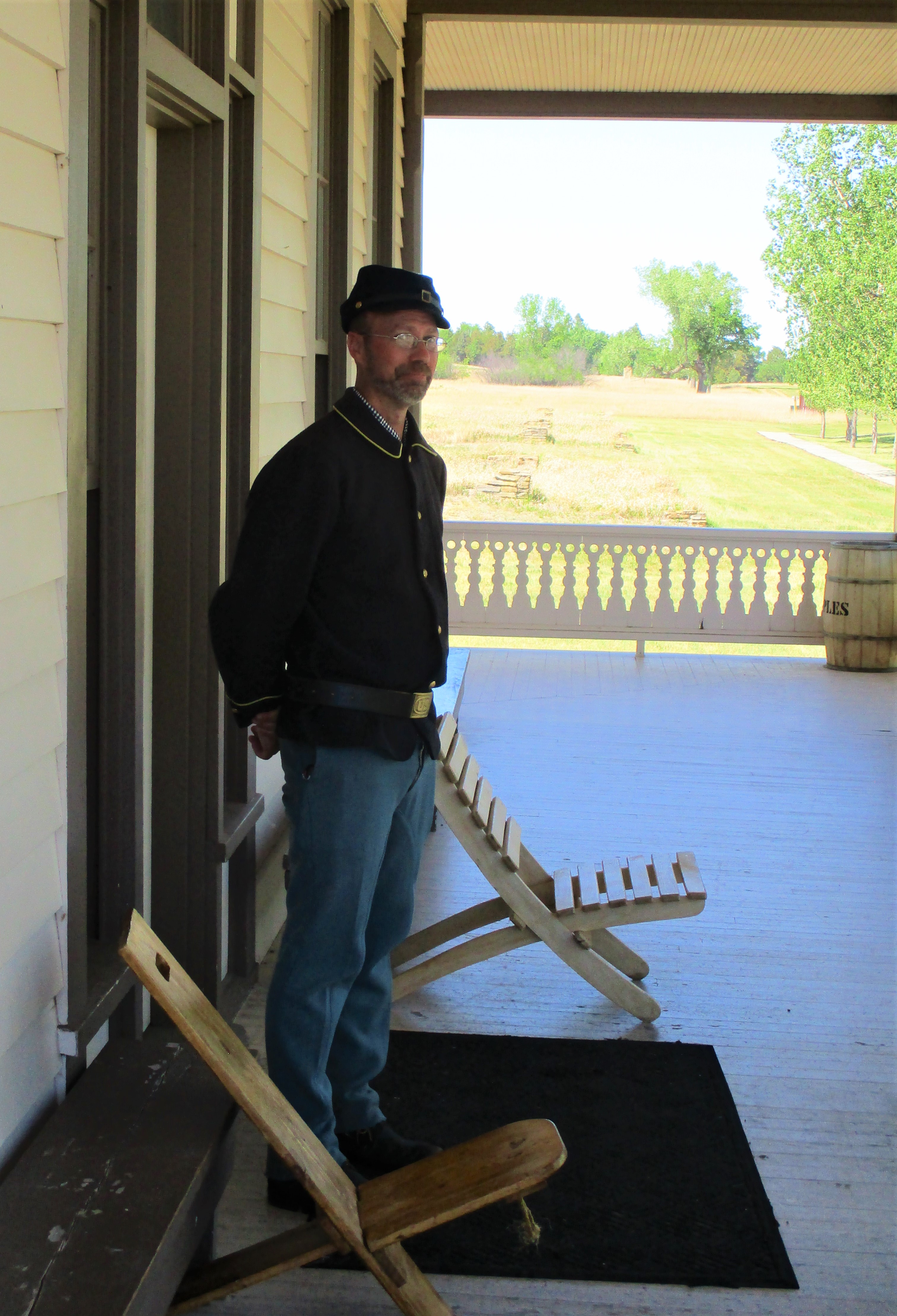
Travel Tip
Travel Tip #3: Realize at most (if not all) historical sites, docents are volunteers. They are docents because they are passionate about something, not because they want to earn money. Our docent is a historian and worked with local Native American tribes. Please don’t berate, belittle or make fun of them them. I have seen that too often. Enjoy your tour, gain some great knowledge and support the organization hosting you. Be polite.
Quick history about George Custer’s military career
Custer was born in Ohio in 1839. A very ambitious young man, he convinced a local congressman to grant him a recommendation to attend West Point. West Point was not easy for George. He finished last in his class. He was almost courts-martialed just days after graduation in 1861, but due to the on-going Civil War, the Army needed officers and pushed him forward.
Custer made a name for himself during the war with brilliant field leadership and bravery. I’m sure a lot of luck was involved too. This caught the attention of his superiors and he quickly rose through the ranks, earning a promotion to Brigadier General in 1863. Two years. That’s right, it took George Custer two years to reach Brigadier General. I know the country was at war, but WOW that didn’t take long. As a reference, most current Air Force Generals reach Brigadier General (1-star general) after about 21-24 years of service. Before the end of the Civil War, Custer would again be promoted to Major General (2-star).
After the Civil War
After the war, the Army needed soldiers to head west to protect the westward expansion and to defeat some of the Native American tribes (specifically the Lakota Sioux and Southern Cheyenne). The 7th Cavalry was formed and later Custer was put in command. In 1873, Custer arrived at the newly built Fort Abraham Lincoln as the commander of the 7th Cavalry. From here, Custer brought the 7th Cavalry west into the Dakota and Montana territories. And, in 1876, Custer split his cavalry into three forces to attack a group of Native Americans. Custer led his force forward against a village and an army of Lakota, Arapaho and Cheyenne fighters led by Sitting Bull at the Battle of Little Big Horn. The thousands of Native Americans annihilated Custer’s 210 men.
The only survivor found by the other two groups the next day was a horse. The horse, Comanche, belonged to Captain Myles Keough and survived at least 7 bullet wounds. To read about Comanche, please visit this Atlas Obscura page to learn more about Comanche the horse.
Libbie accompanied her husband for part of the boat ride west, only turning around at the confluence of the Missouri and Yellowstone Rivers while the cavalry went further west. The same boat that brought her up and back brought news of her husband’s death. She struggled with his death for the rest of her life, but did not sit idle. She became an author and traveled, always standing by her husband’s legacy.
Side note
Speaking of the Montana territory, if you like Montana (and what is not to like) and you want to explore, here is a link to my Top 10 Fly Fishing spots in Montana…I highly recommend you go!
Back to Fort Abraham Lincoln and Custer’s Quarters
Inside Custer’s quarters, you will tour through the reception hall, the dining room, kitchen, look down into the basement, go upstairs and see the staff bedrooms, guest bedrooms and billiard room. Once back downstairs you tour Custer’s home office, master bedroom and Libbie’s dressing chamber before exiting out the back porch.
Here are some pictures. I will point out some of the authentic items owned by George and Libbie, as well as a quick story with some of the items.

The Barracks
Across the Parade Field from Custer’s quarters sits a rebuild of barracks for the enlisted soldiers. This mockup shows a recreation of typical barracks life. A bed, a storage locker at the foot of their bed, a place to hang their service coat, a rack to store their rifle and a mess hall give you and understanding of what a cavalry soldier’s living accommodations was like.
Additionally, at the foot of some beds sits open lockers with names of soldiers that served at the Battle of Little Big Horn. I took several pictures to give you an appreciation for how young the men were, as well as how far away some came from.
The Stables
Past the barracks, on the other side of the current road and near the river sits a recreation of a stable for the horses. Built to house 88 horses or mules, the stables were vital to a cavalry unit. Horses were a vital part of the unit. Think about today’s tanks, or fighter jets…vital equipment for the proper execution of the mission.
Heading up to Fort McKeen
After you are done exploring the Fort Lincoln complex, take the road further into the Park and up the hill to Fort McKeen. Fort McKeen, built before Fort Abraham Lincoln in Jun of 1872, is the 6th Infantry’s companion post to the 7th Cavalry unit. After Fort Abraham Lincoln’s establishment in November of 1872, both posts were designated as one unit called Fort Abraham Lincoln.
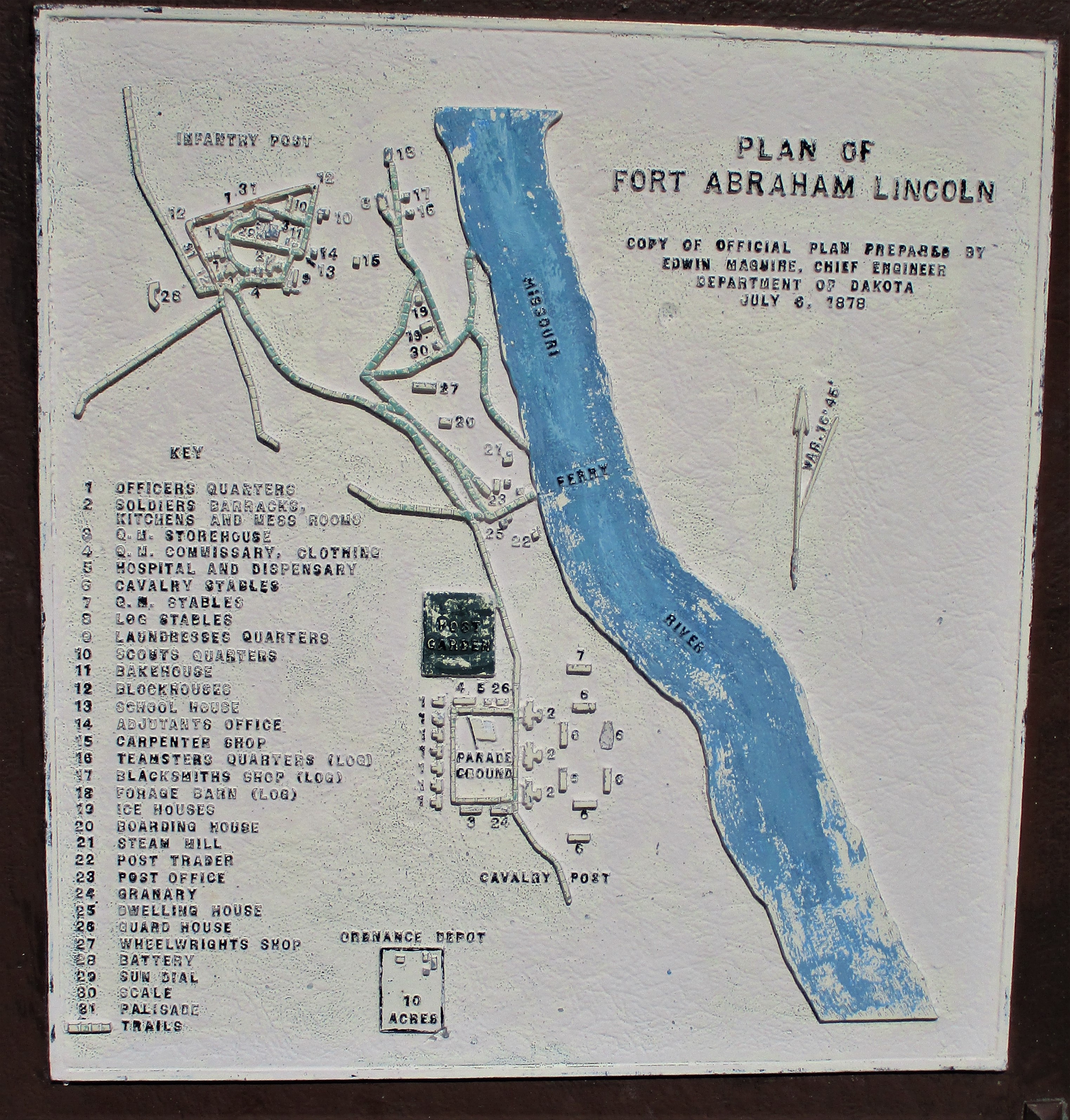
The upper area of the Fort where the infantry lived eventually migrated down along the valley floor and the infantry only area was abandoned. The current Blockhouse structures you see as you roam the upper Fort area were restored in 1935. We climbed into one and the view is amazing. Just be careful climbing the ladder to the very top. (More precisely, be careful coming back down since it is steep).
From this vantage point, and others along the ridge, you get a commanding view of the region. In military terms, high ground is more advantageous, so this ridge is a prime location for a military instillation.
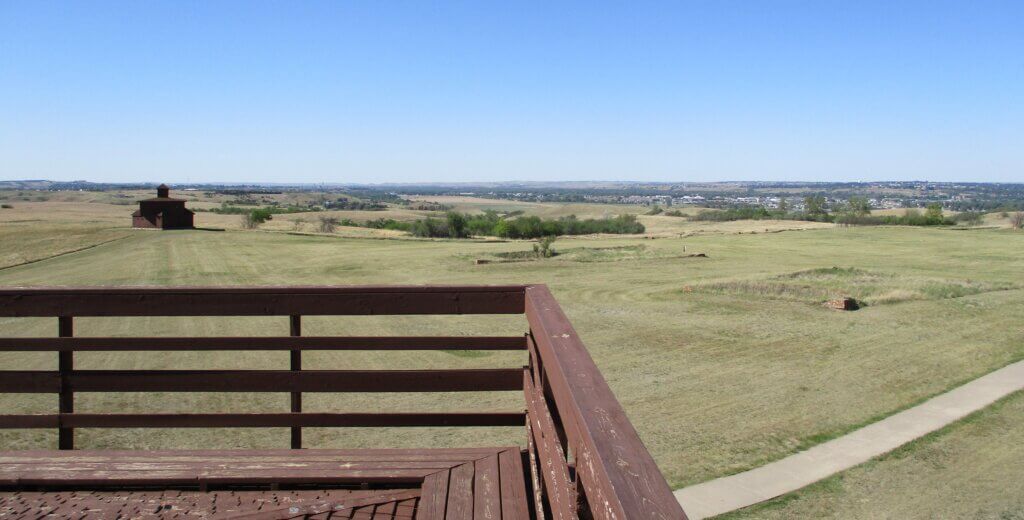
As you walk around this area of the Park, there are signs showing where buildings were located and what the building were for. Here are a couple of examples.
Travel Tip
Travel Tip #4: Watch where you are going! This area contains creepy crawlies. Marla and Jessica almost stepped on this fun guy.
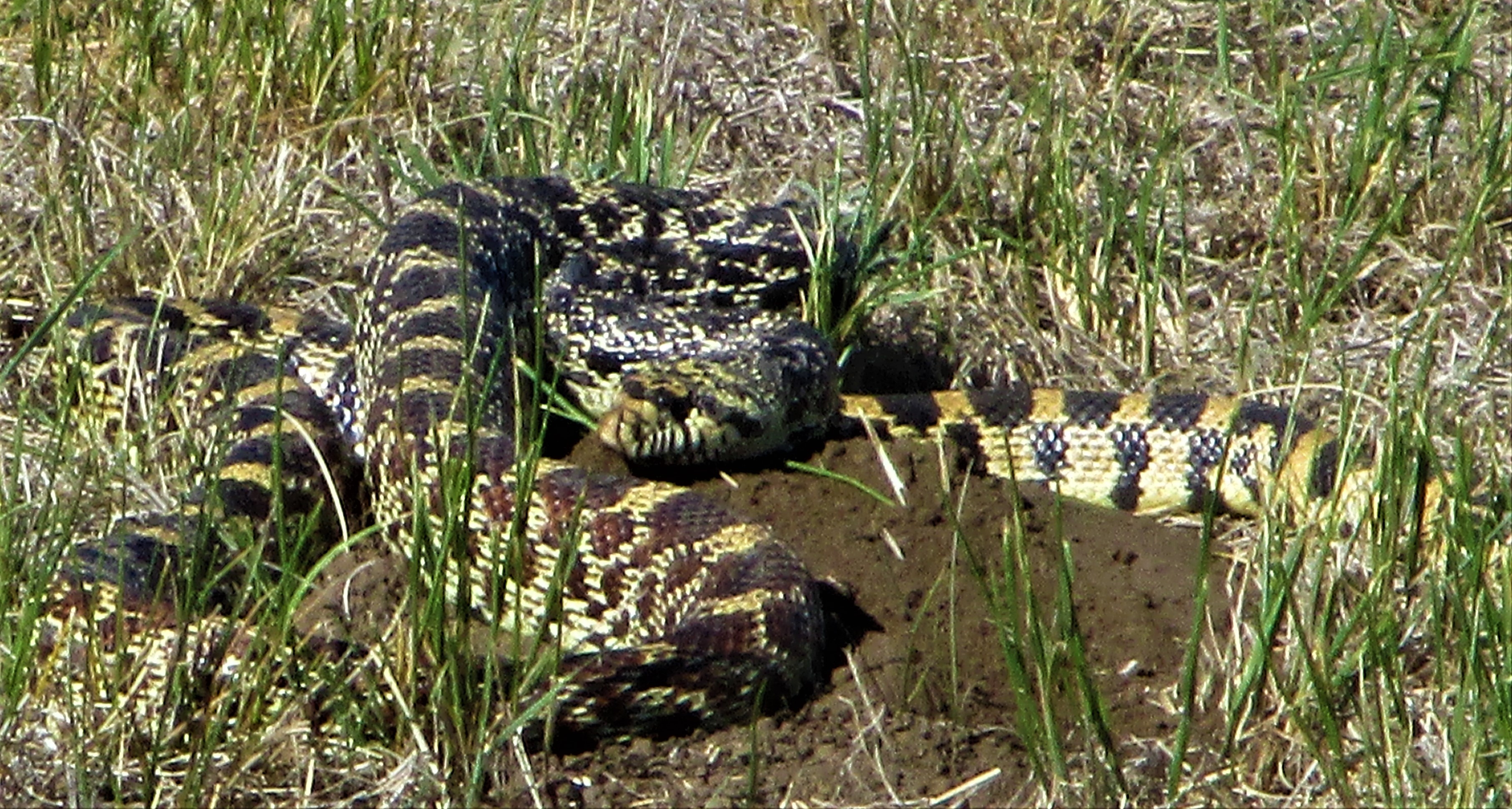
I would recommend watching down below at the cavalry post area too, but didn’t include that in the Travel Tips for that section because we ran into this Bull Snake atop the hill. Although the Bull Snake is not poisonous, they can be aggressive. They may also be other types of snakes around, some poisonous, so be on the lookout.
If you have time, as you drive back down the hill, on the left side is the On-a-Slant Village. Unfortunately, we did not have time. There is also some larger wildlife that roam the park, so be careful as you drive.
So, if you have a few hours to explore, I highly recommend Fort Abraham Lincoln State Park and its recreations of military life in the Dakota Territories. This is a great way to spend an afternoon. Step back into history and see what the wild mid-west frontier looked like during the late 1800s. Additionally, the people around Bismarck are very friendly, the area is wide open and the airport is small, making it easy to get in and out quickly (unless you are like us and your plane breaks down and they must call maintenance since they don’t have any on-site all the time).
Travel Tip
Travel Tip #5: If you know you are going someplace, don’t wait to get the tickets because the cost will probably go up. We paid for Marla and Jessica’s tickets first since I was originally not going to go. But I was able to get the time off and got a ticket for myself. Unfortunately, we waited until less than 30 days before the trip and my ticket alone cost more than Marla and Jessica’s combined. If you have the flexibility of when and where you would like to go somewhere, use Scott’s Cheap Flights to find low-cost airfare. The email notification I received today from Scott’s included Alaska or the US Virgin Islands for a little over $100. That sounds fun!
Thanks for reading this post about Fort Abraham Lincoln State Park. I hope you enjoyed it and I hope you visit the Park. It is a great way to spend an afternoon outside of Bismarck North Dakota. Let’s get the number of visitors higher than the number of Haunted House visitors. As always, thank you for reading, stay safe and I wish you good luck traveling.

Knowledge Input
*If you don’t understand a Brevet military rank, here is a quick explanation using Custer and the Civil War as an example. A commissioned officer would be granted a warrant authorizing him to hold a higher rank temporarily due to, say, gallantry or meritorious service. However, the holder of a Brevet rank typically did not receive the pay for the rank, unless serving in that role. Custer received his Brevet warrant due to his performance on the field of battle. His promotion to Brigadier occurred on 29 August 1863 to command a group of volunteers (not the regular Army). He held this rank during the Battle of Gettysburg.
Later he received a Brevet promotion to Major General in both the regular army and the volunteers. After the war, and after being mustered out of the volunteers, Custer reverted back to his permanent rank of Captain. Between 1866 and 1876 when he died, he rose to the permanent rank of Lieutenant Colonel. His soldiers still referred to him as General out of respect.


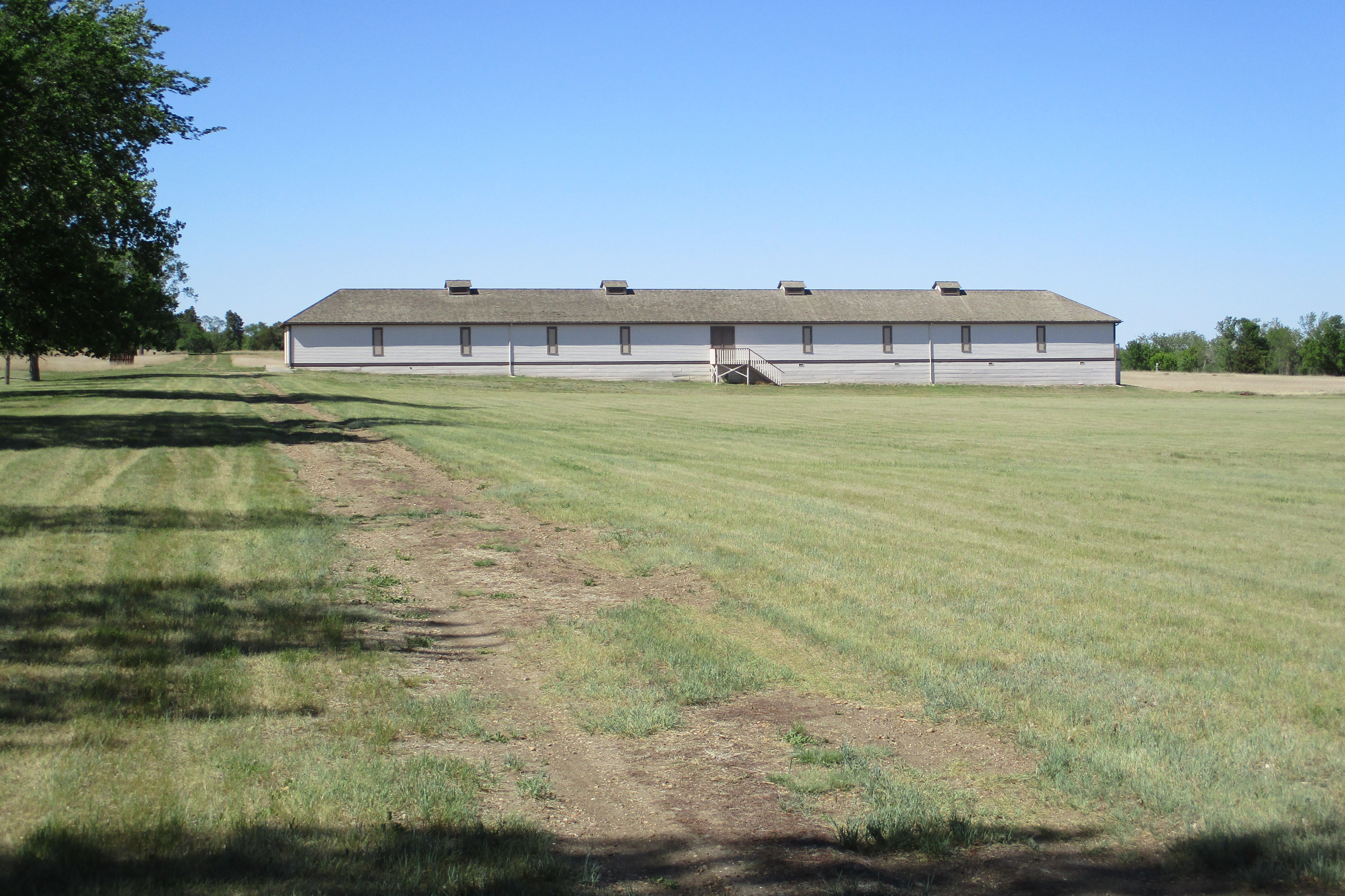
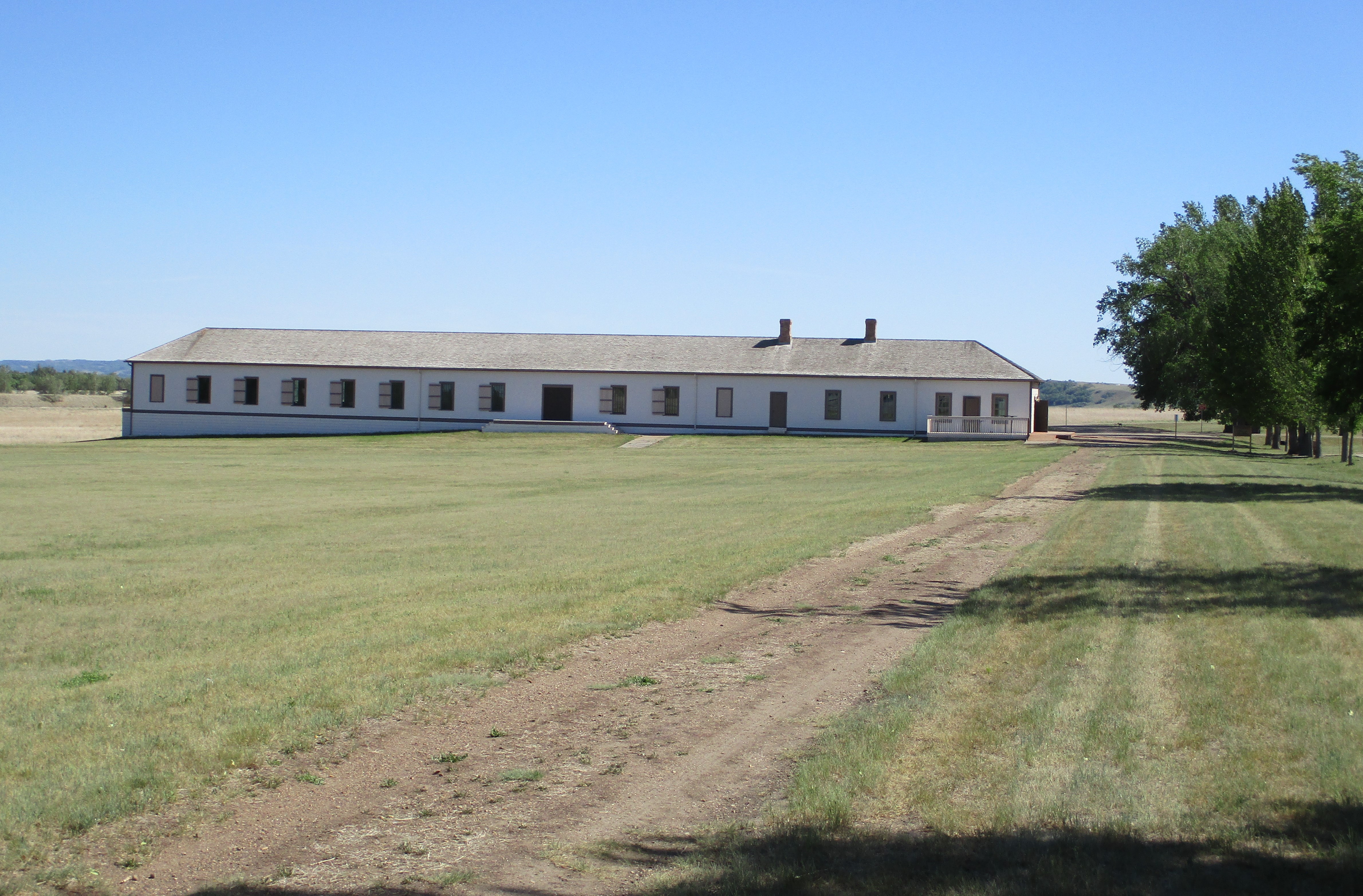

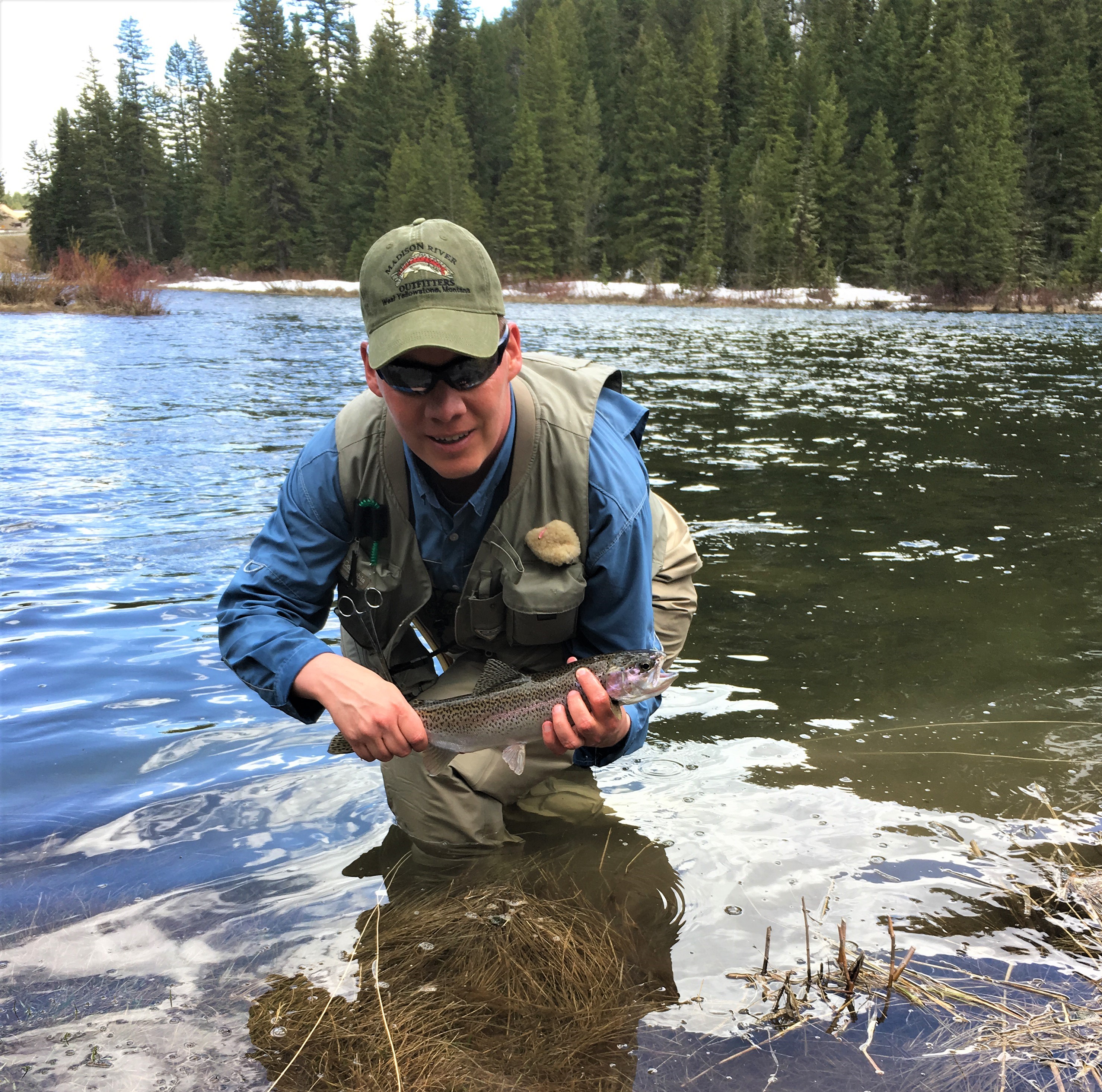
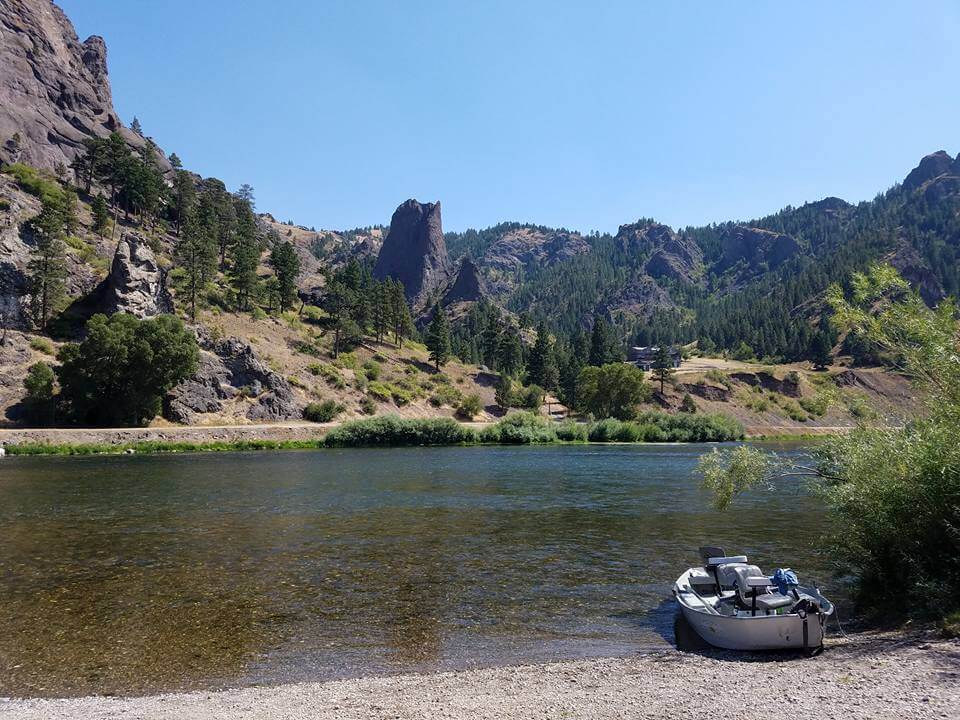
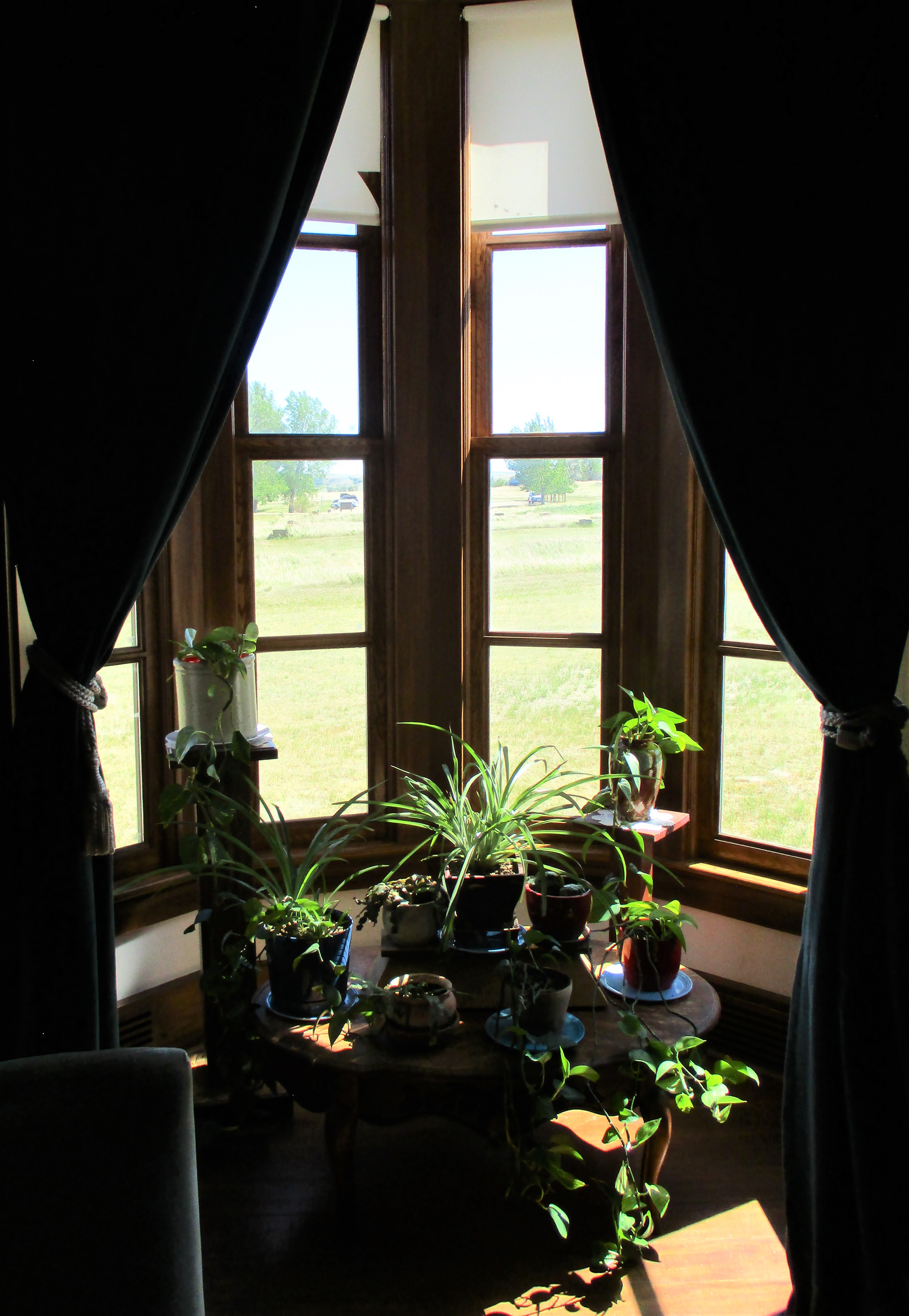


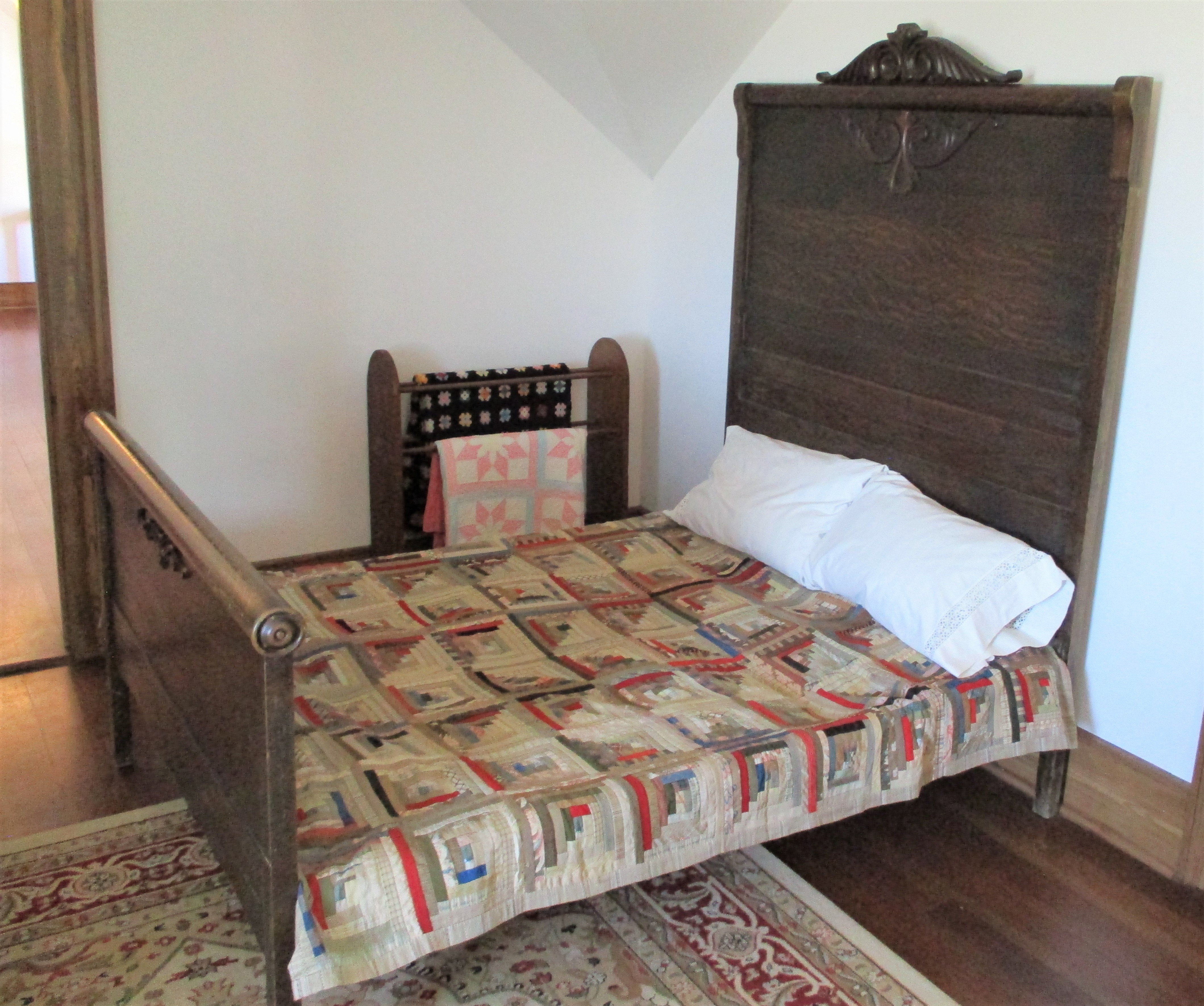



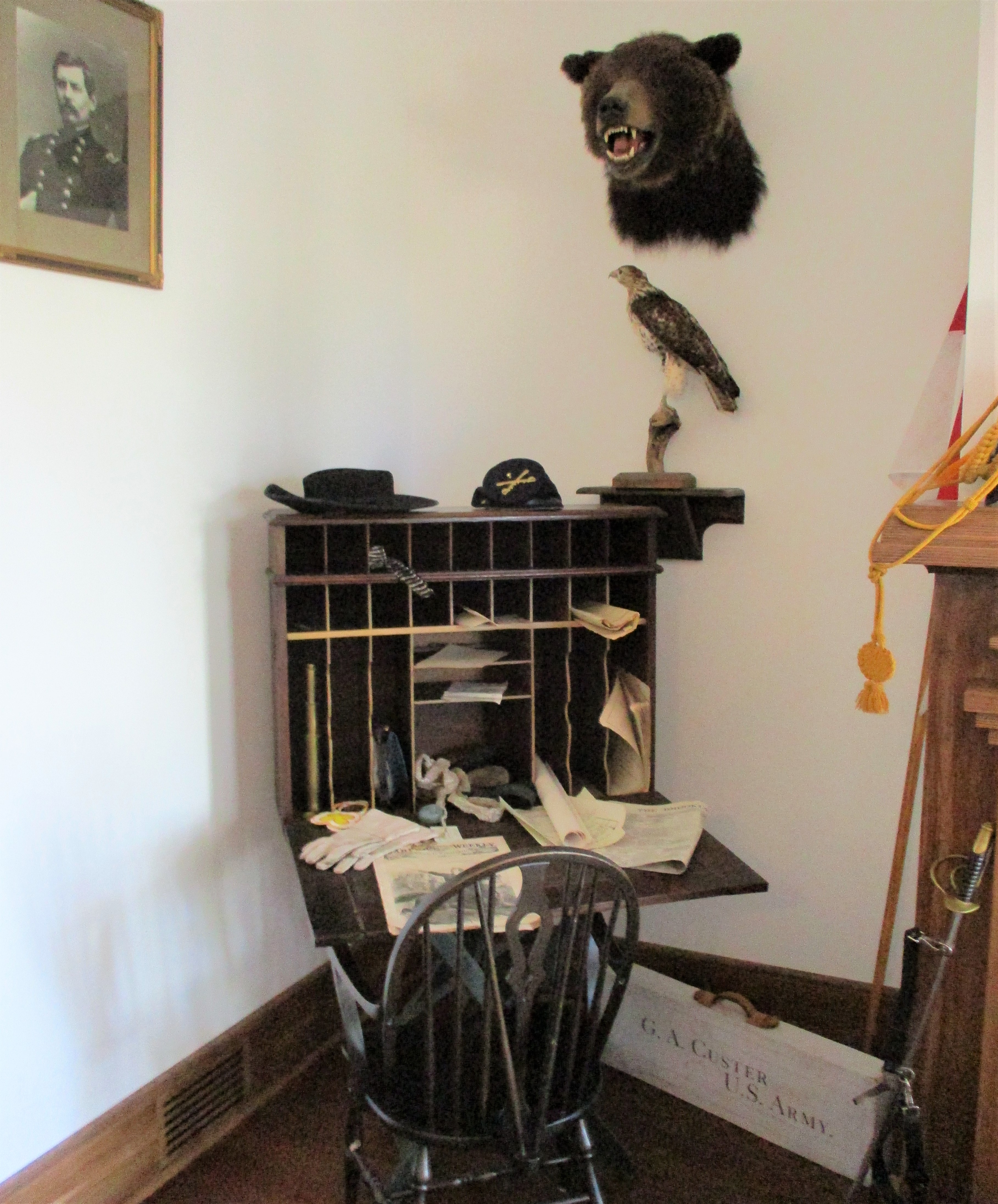

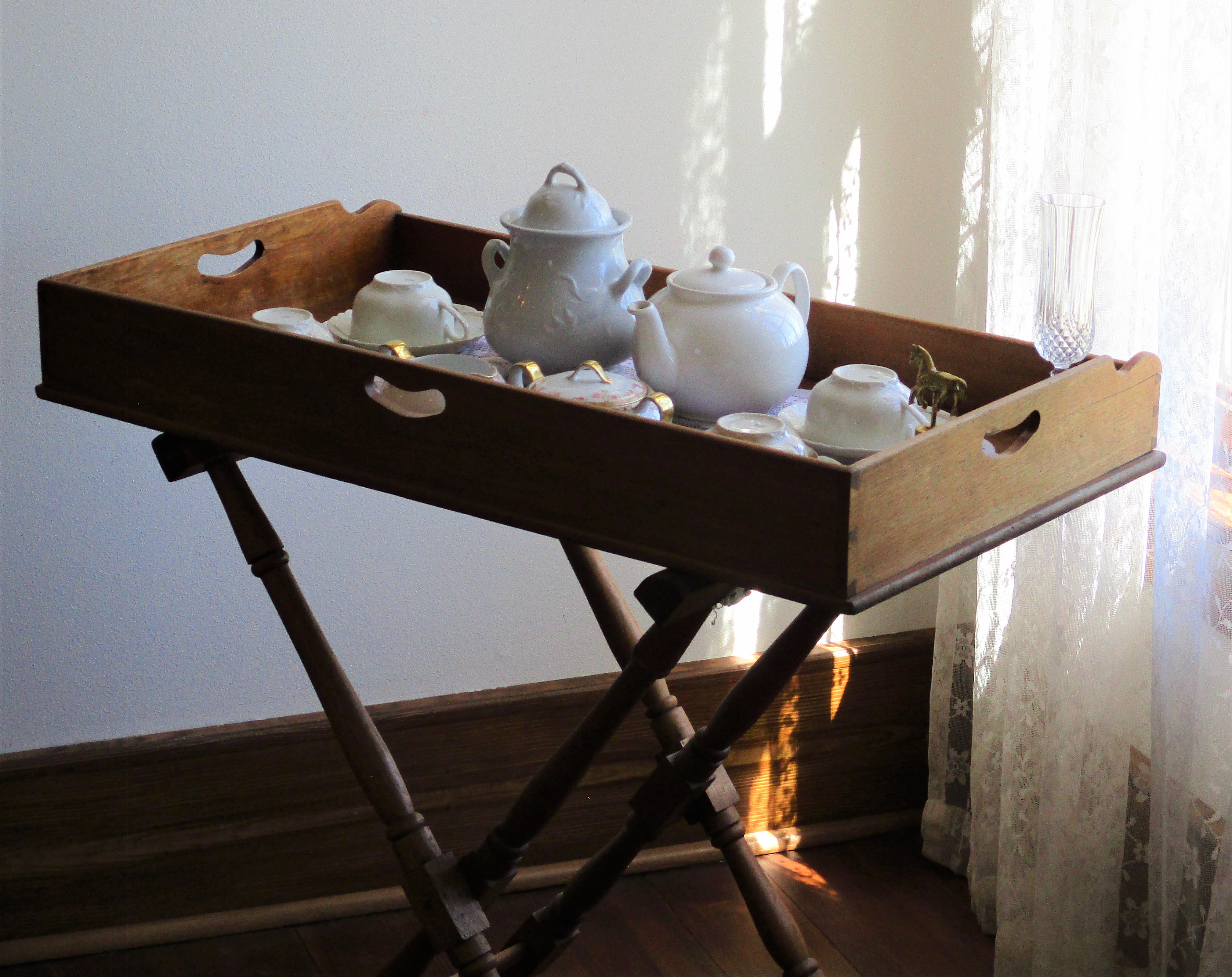
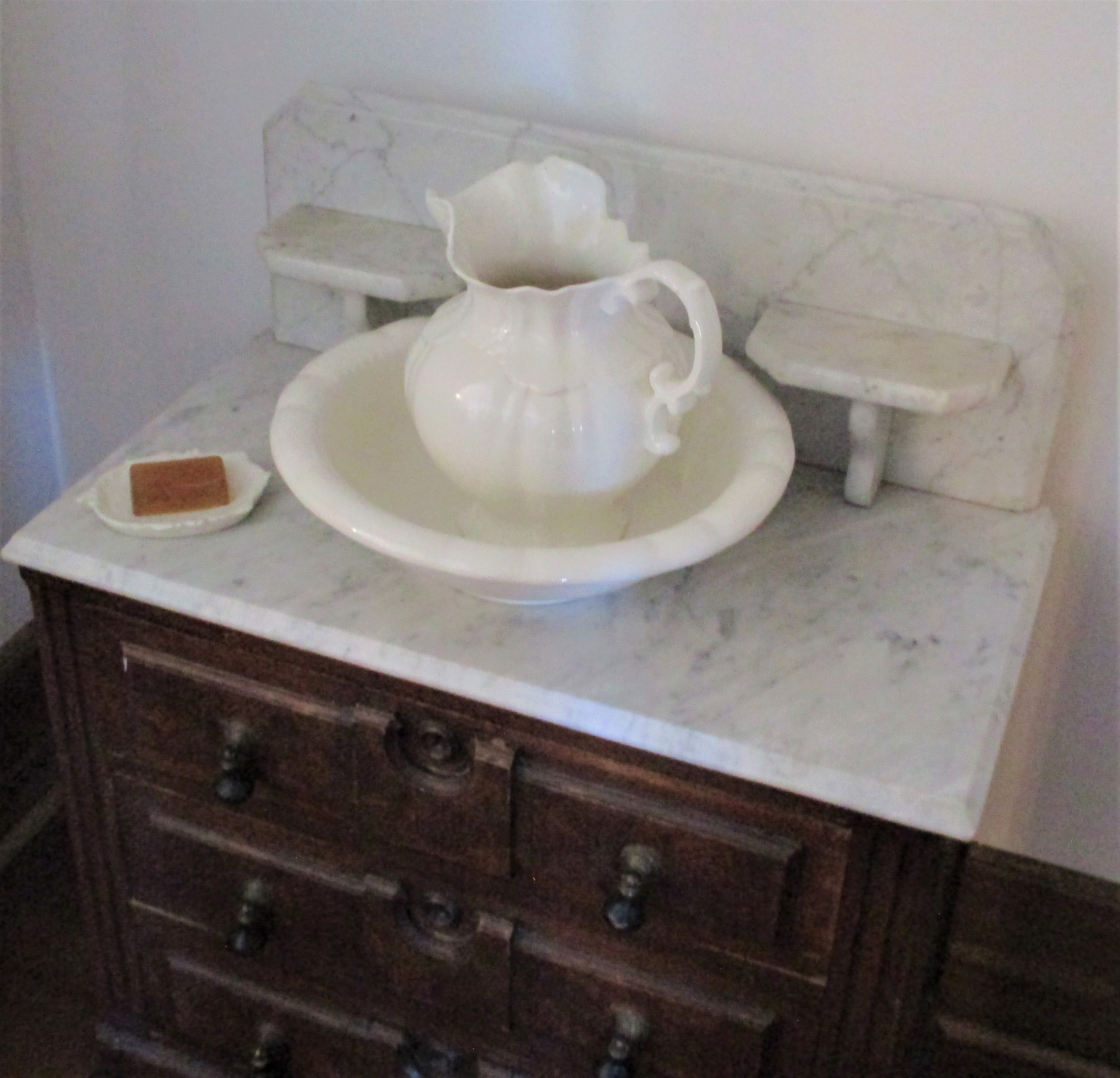
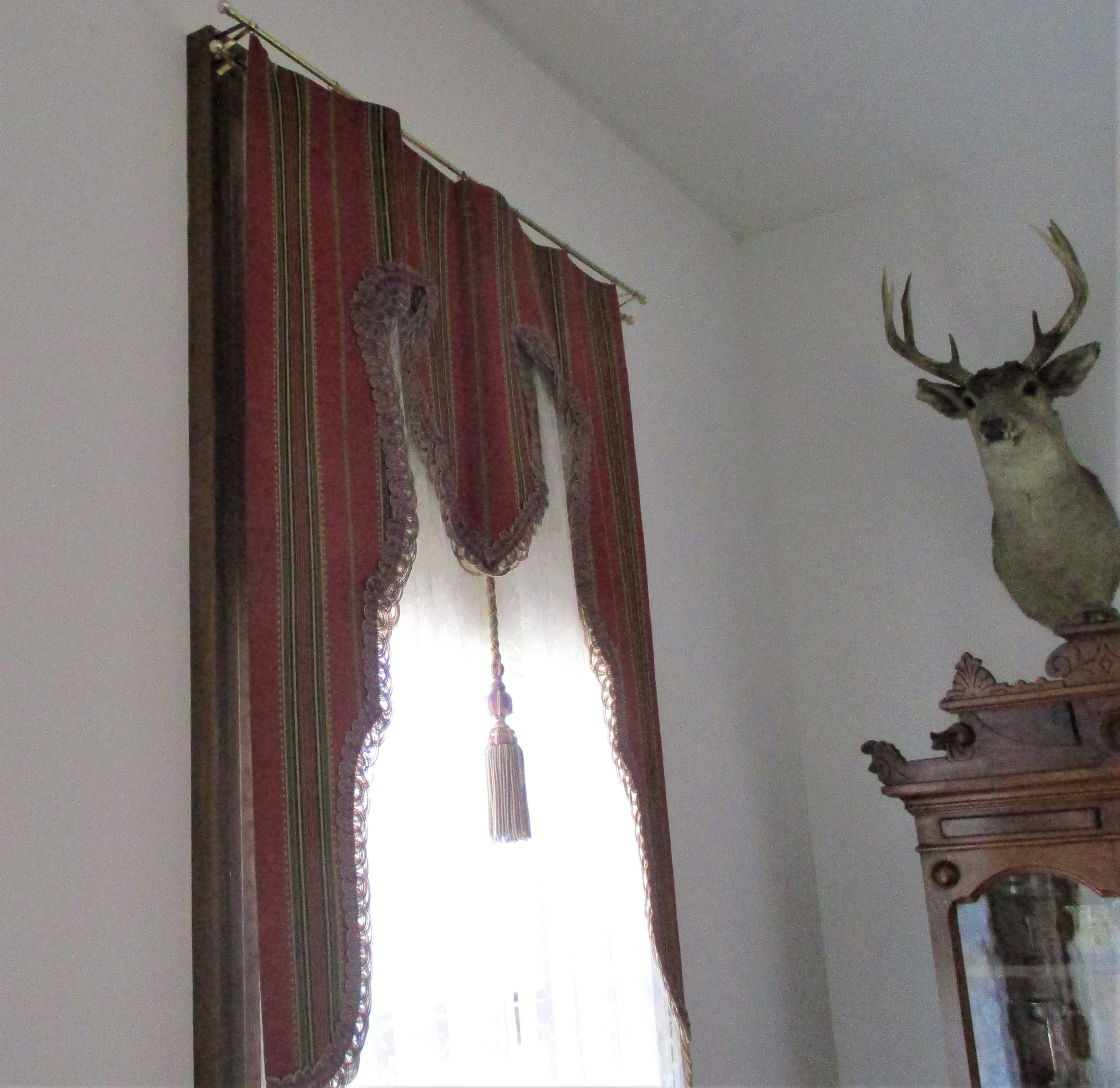
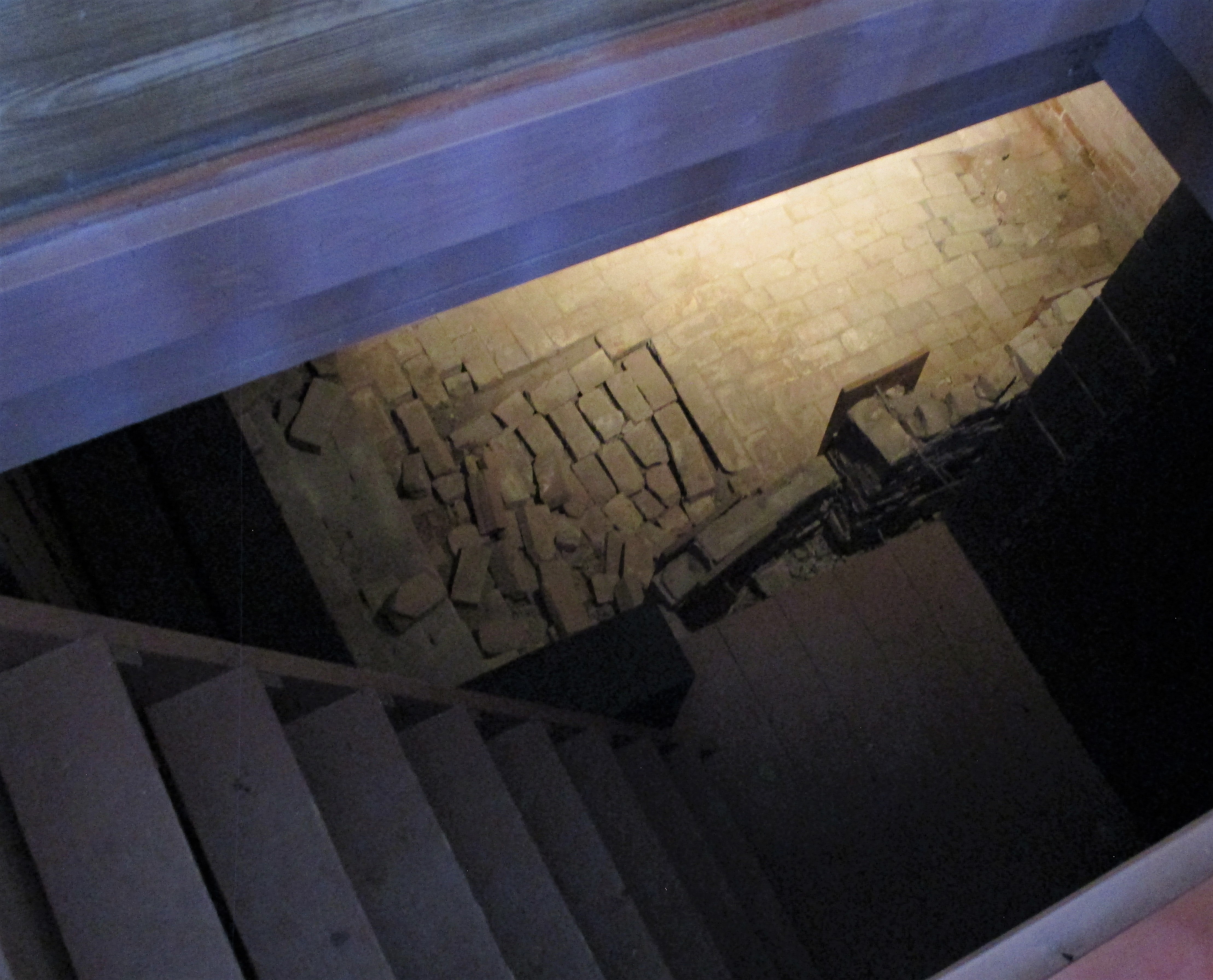
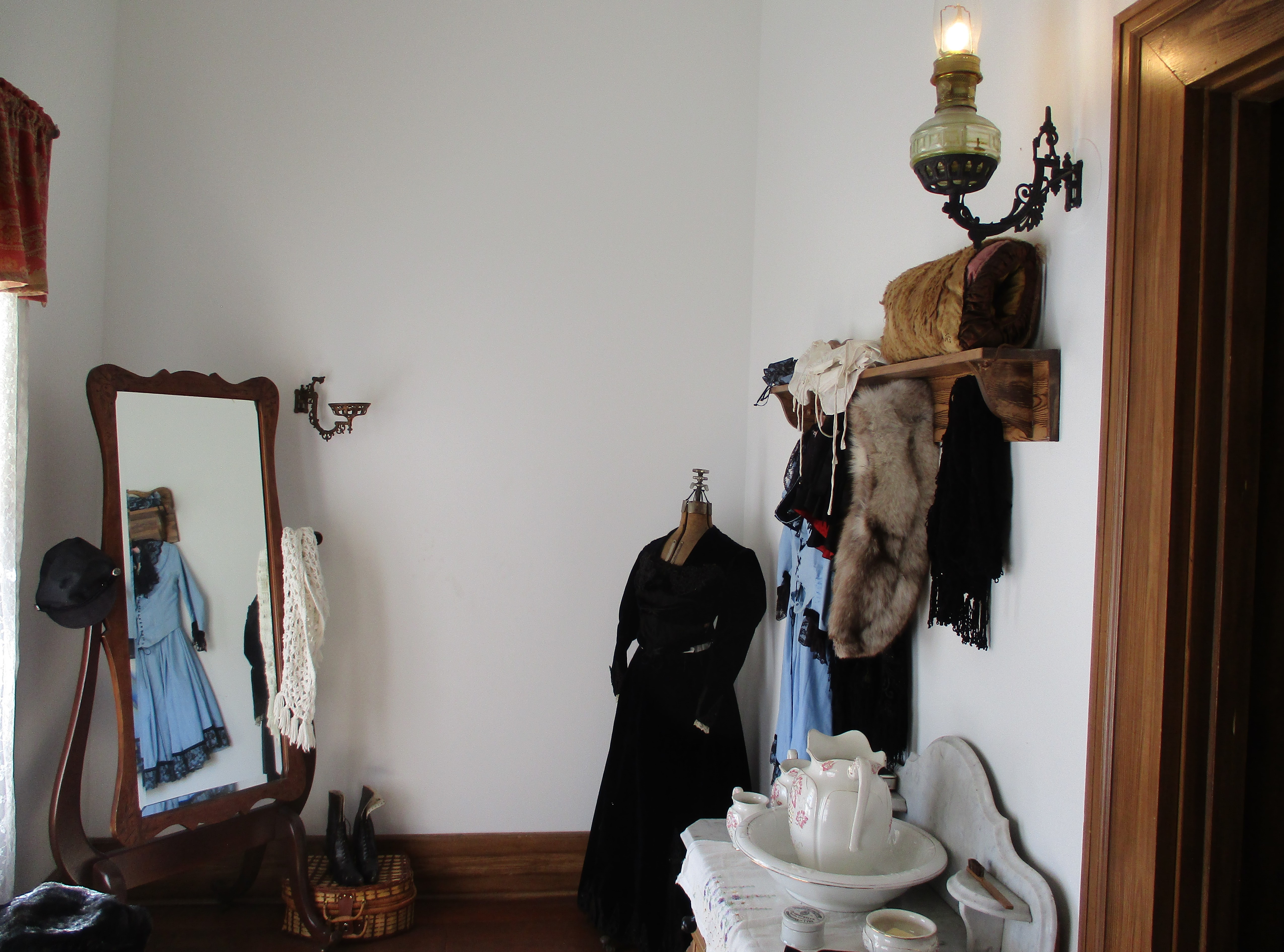
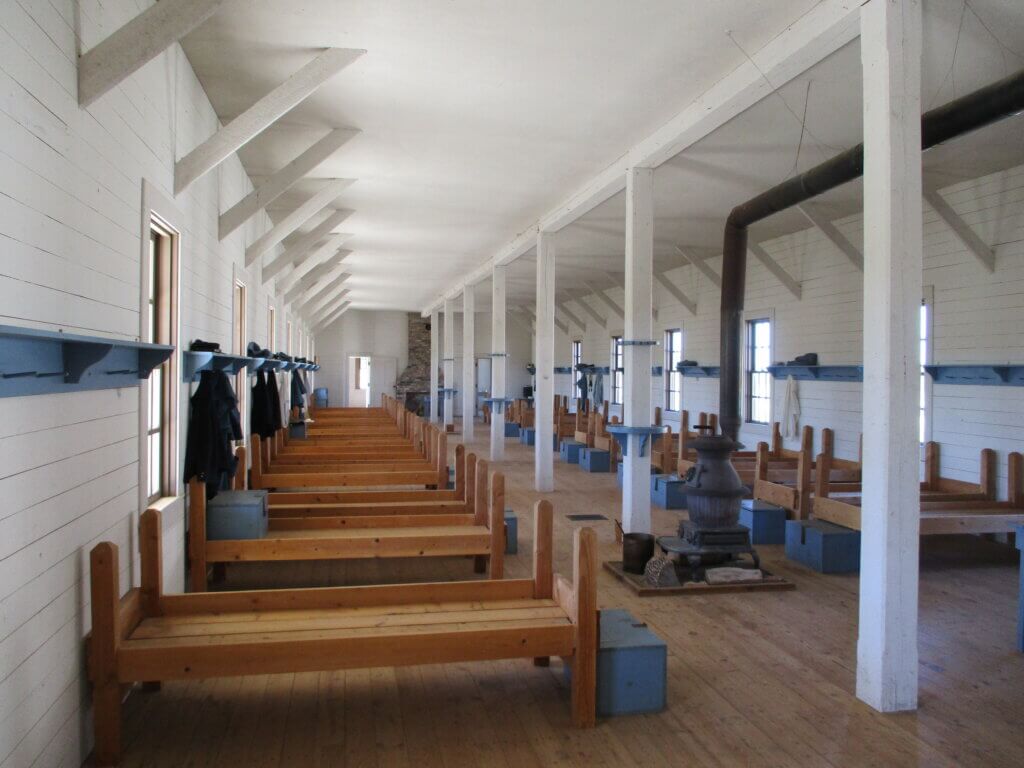
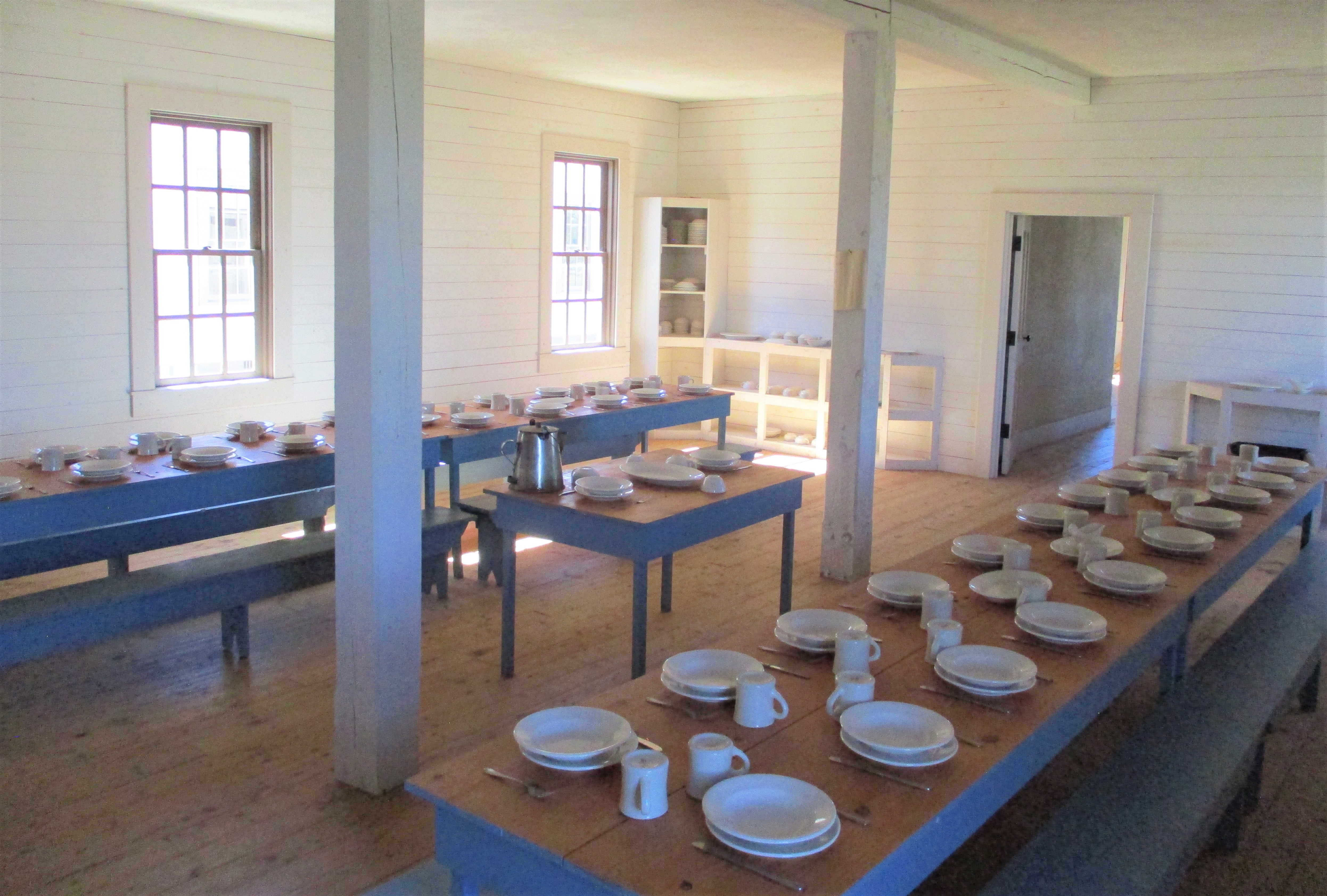
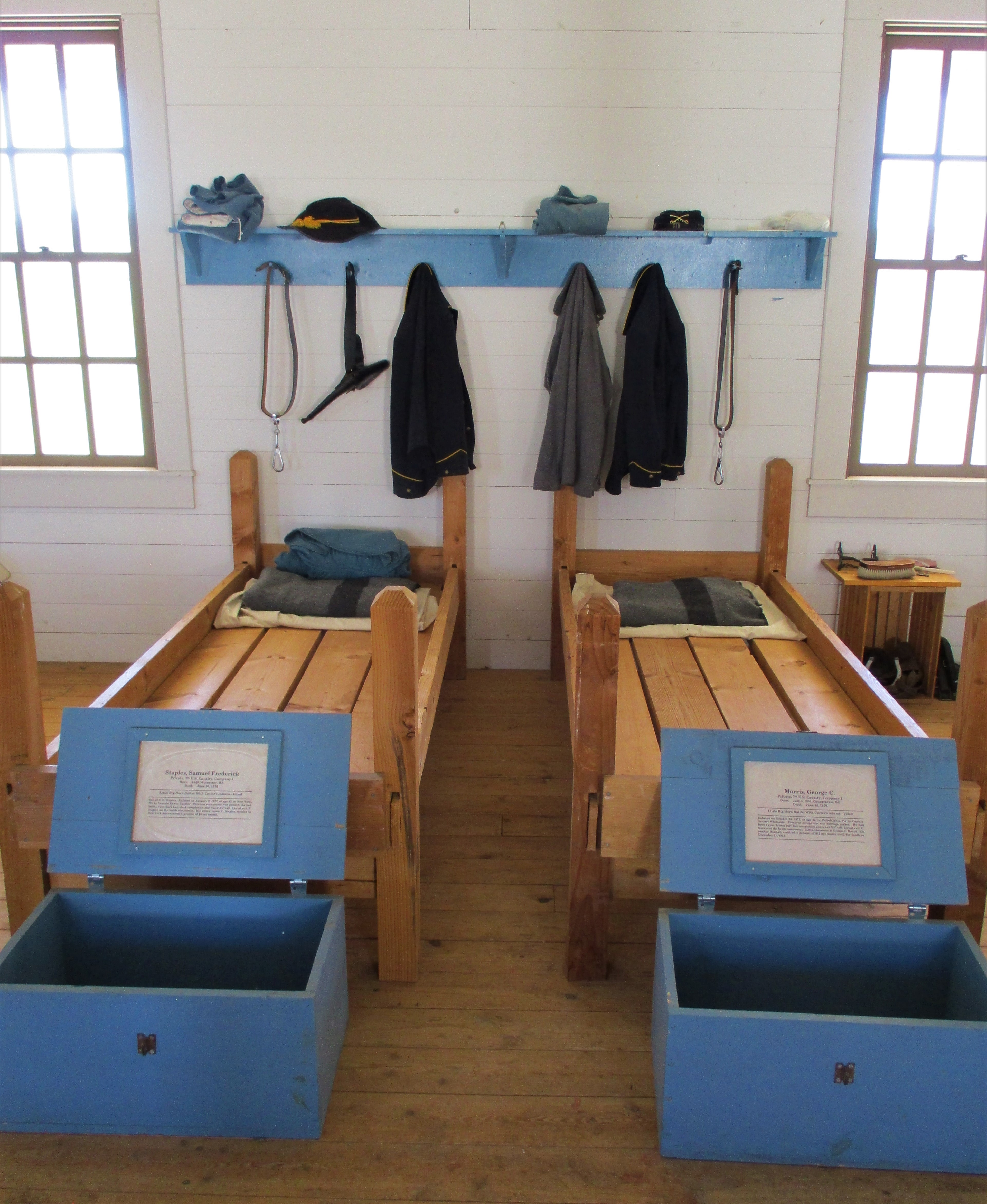
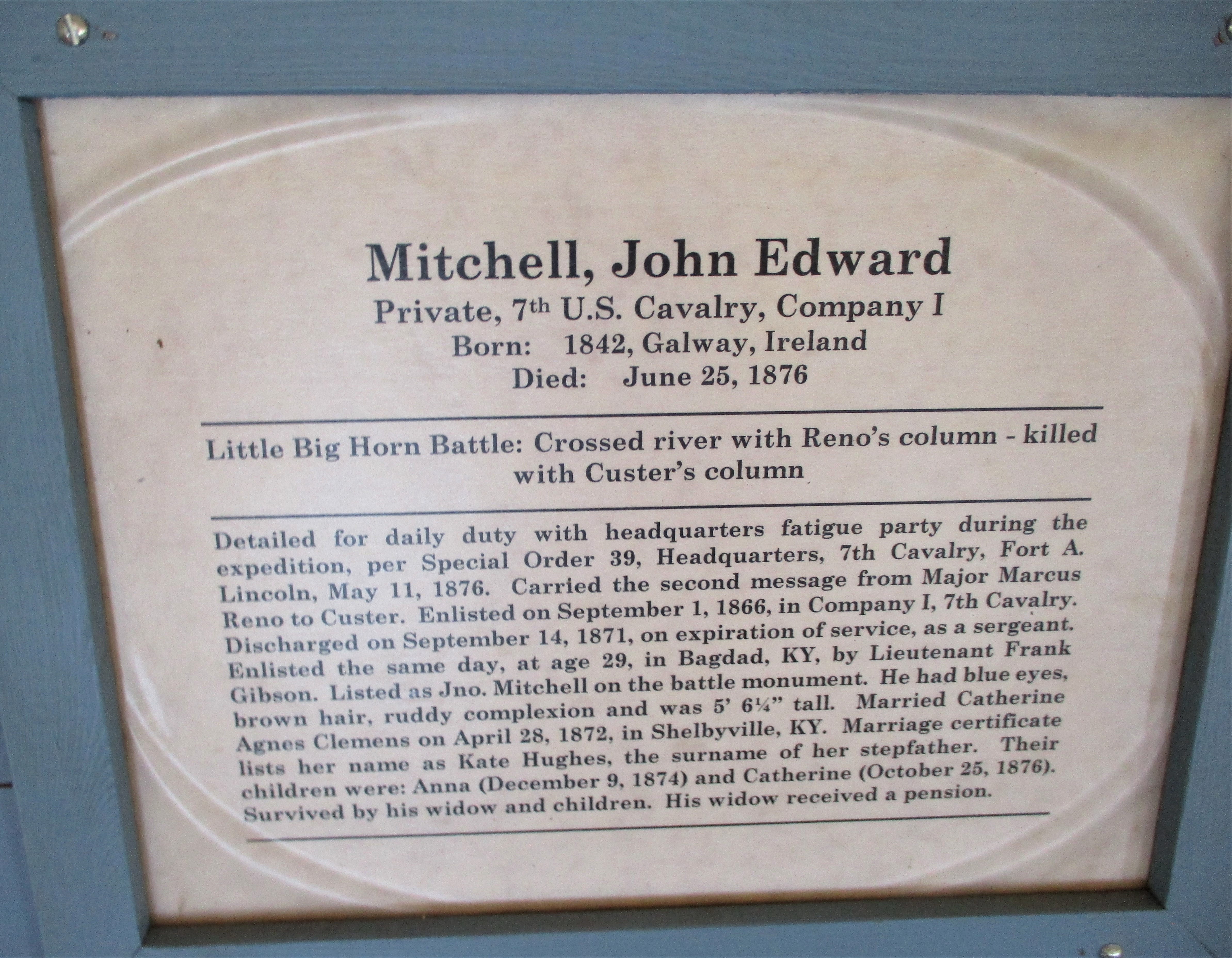
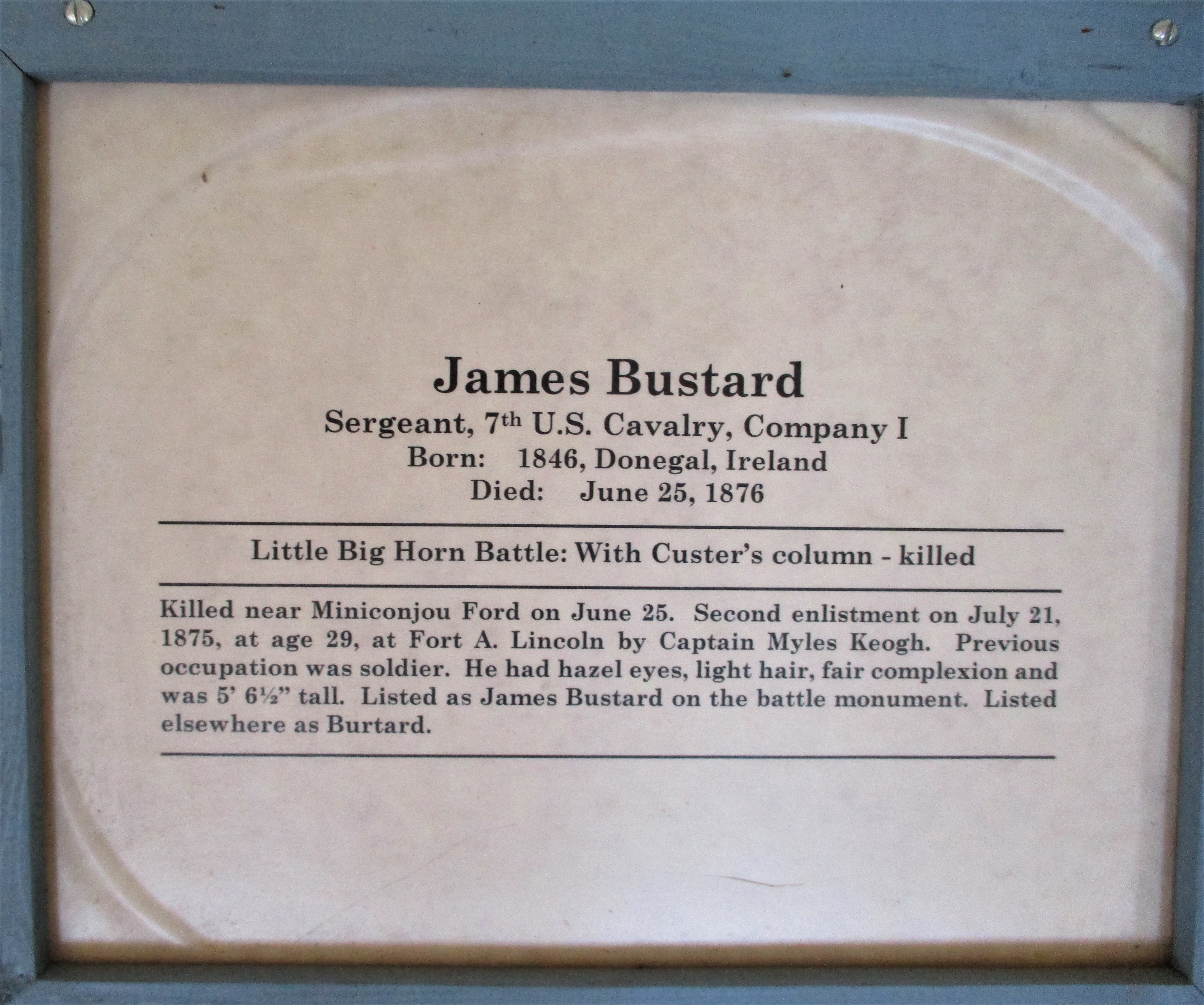
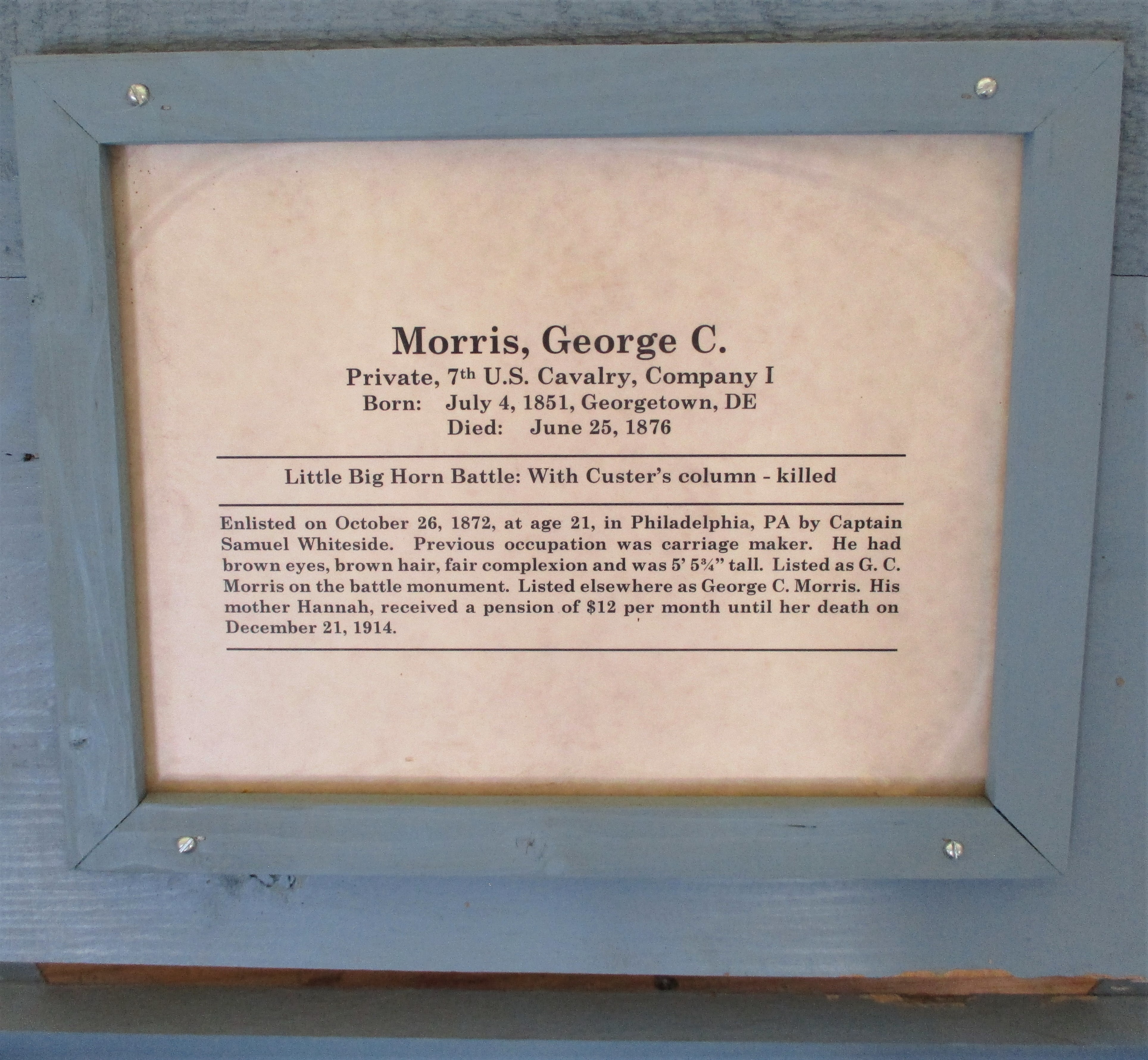
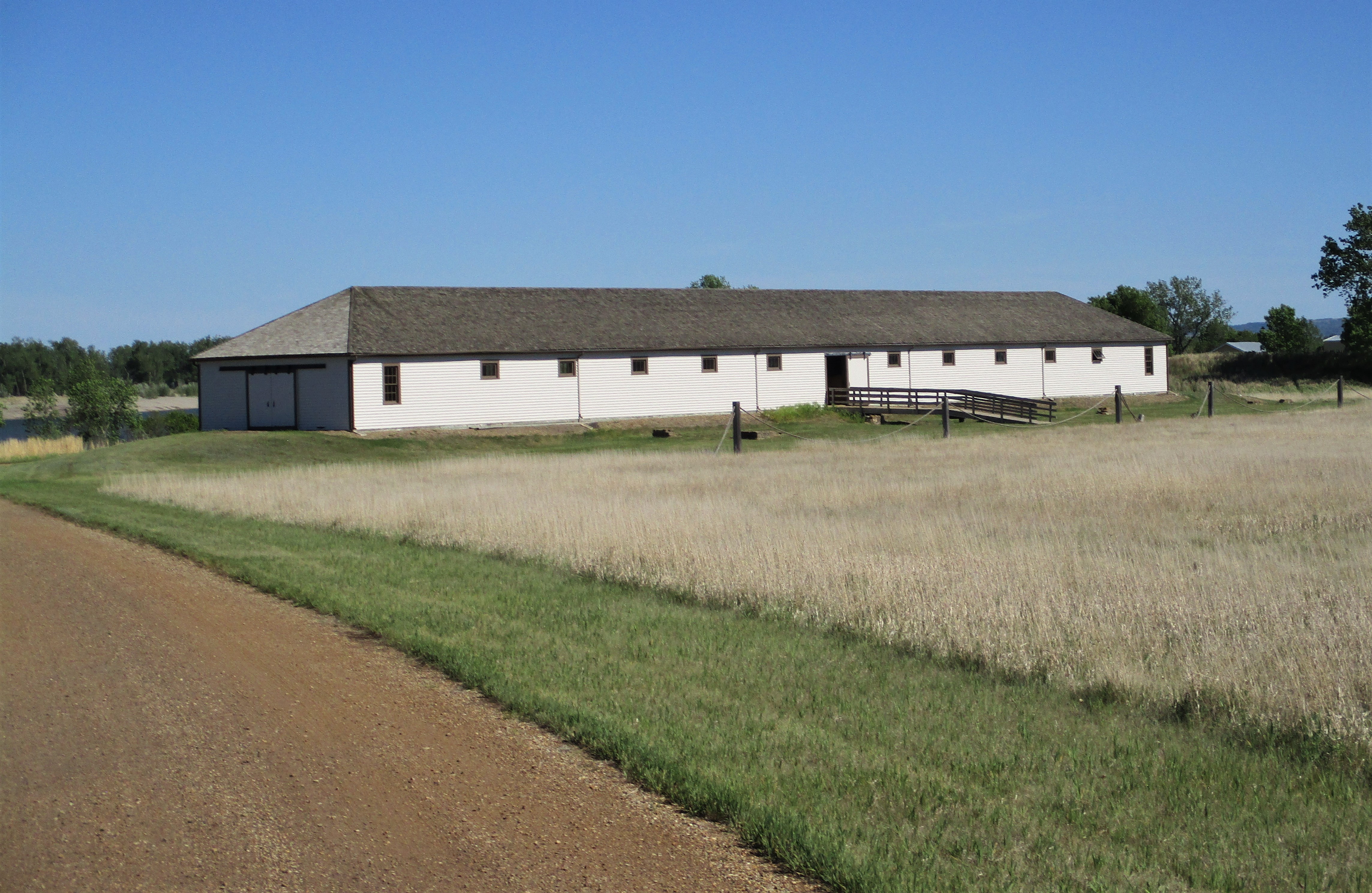
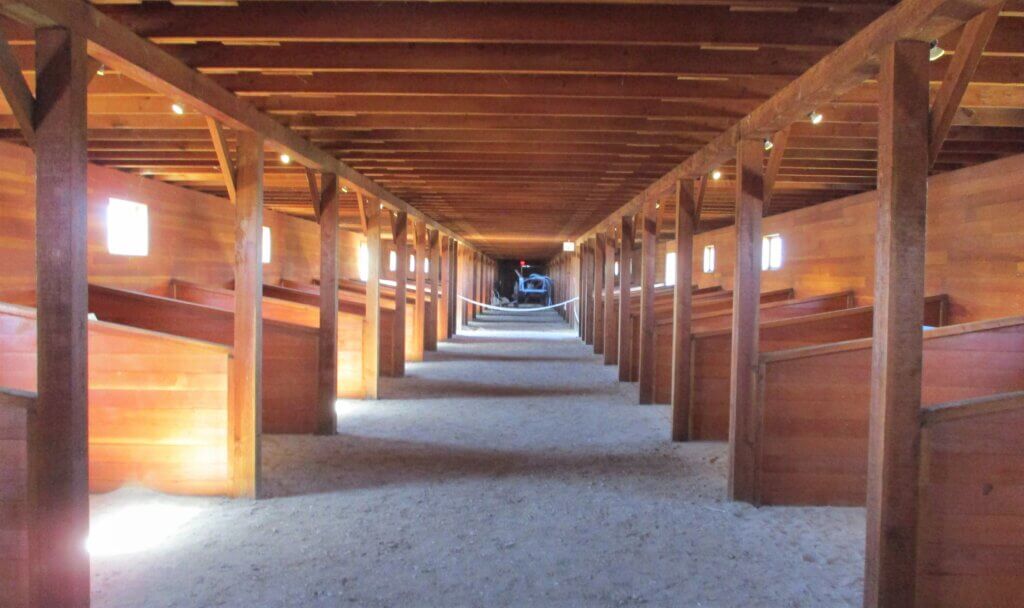
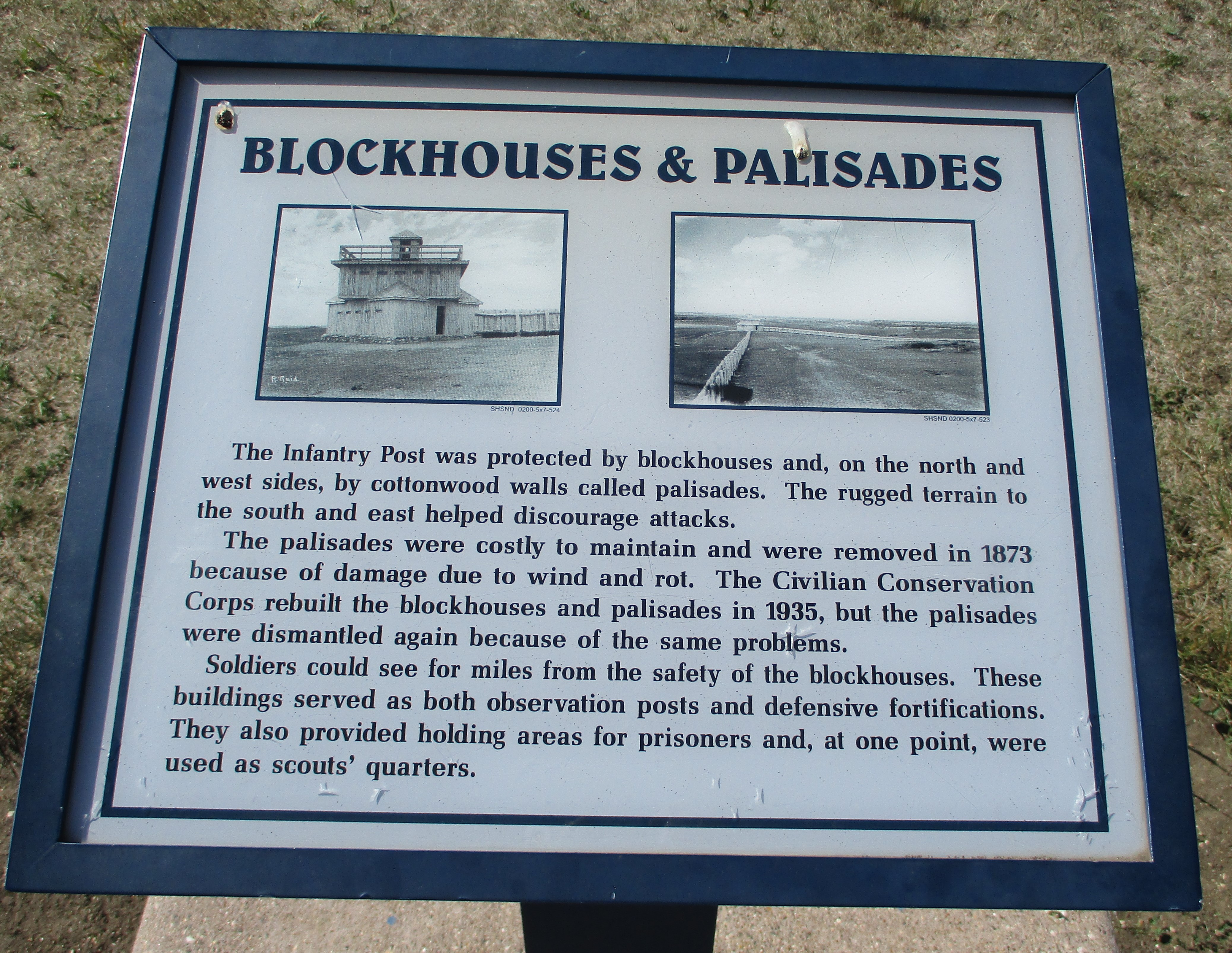

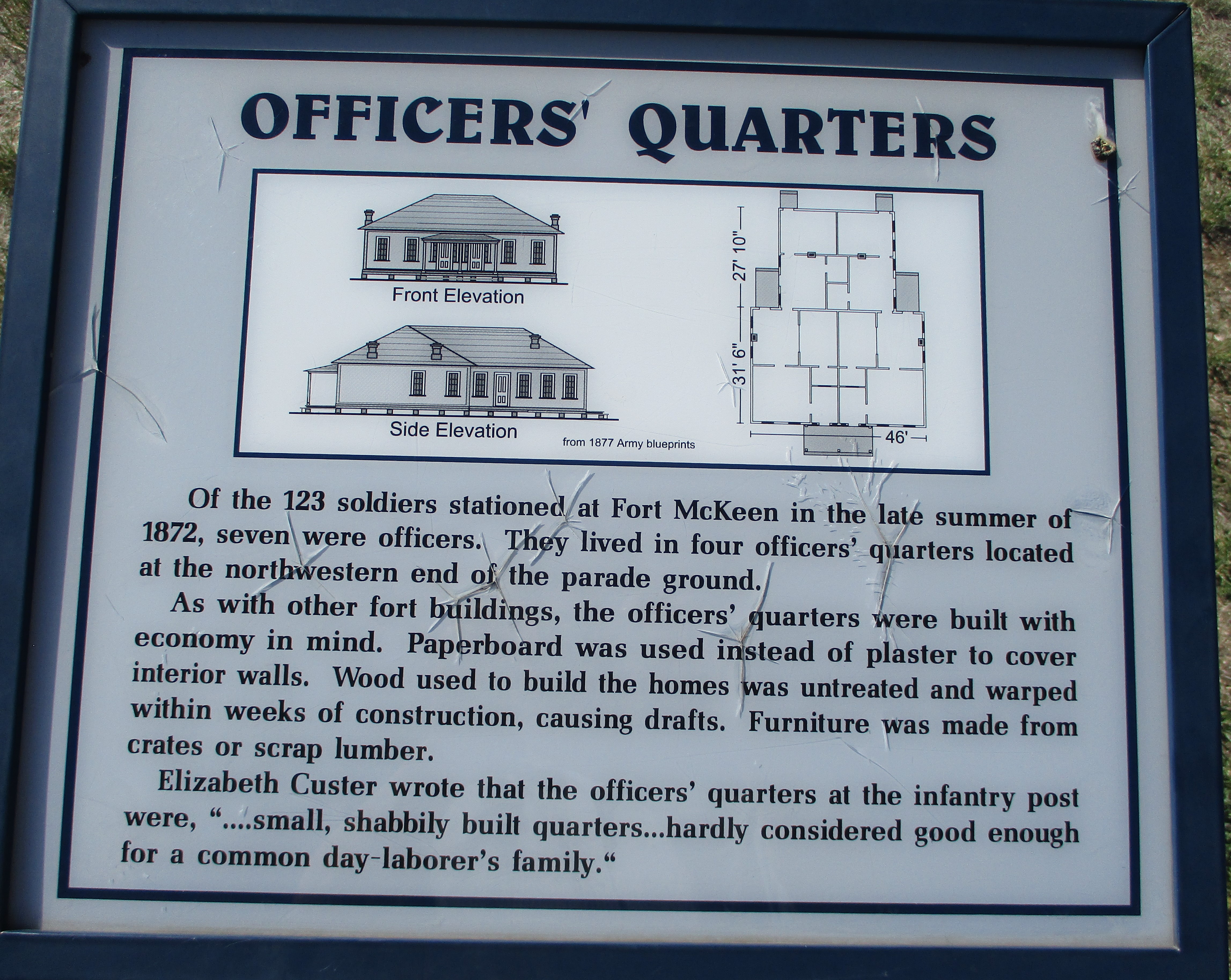

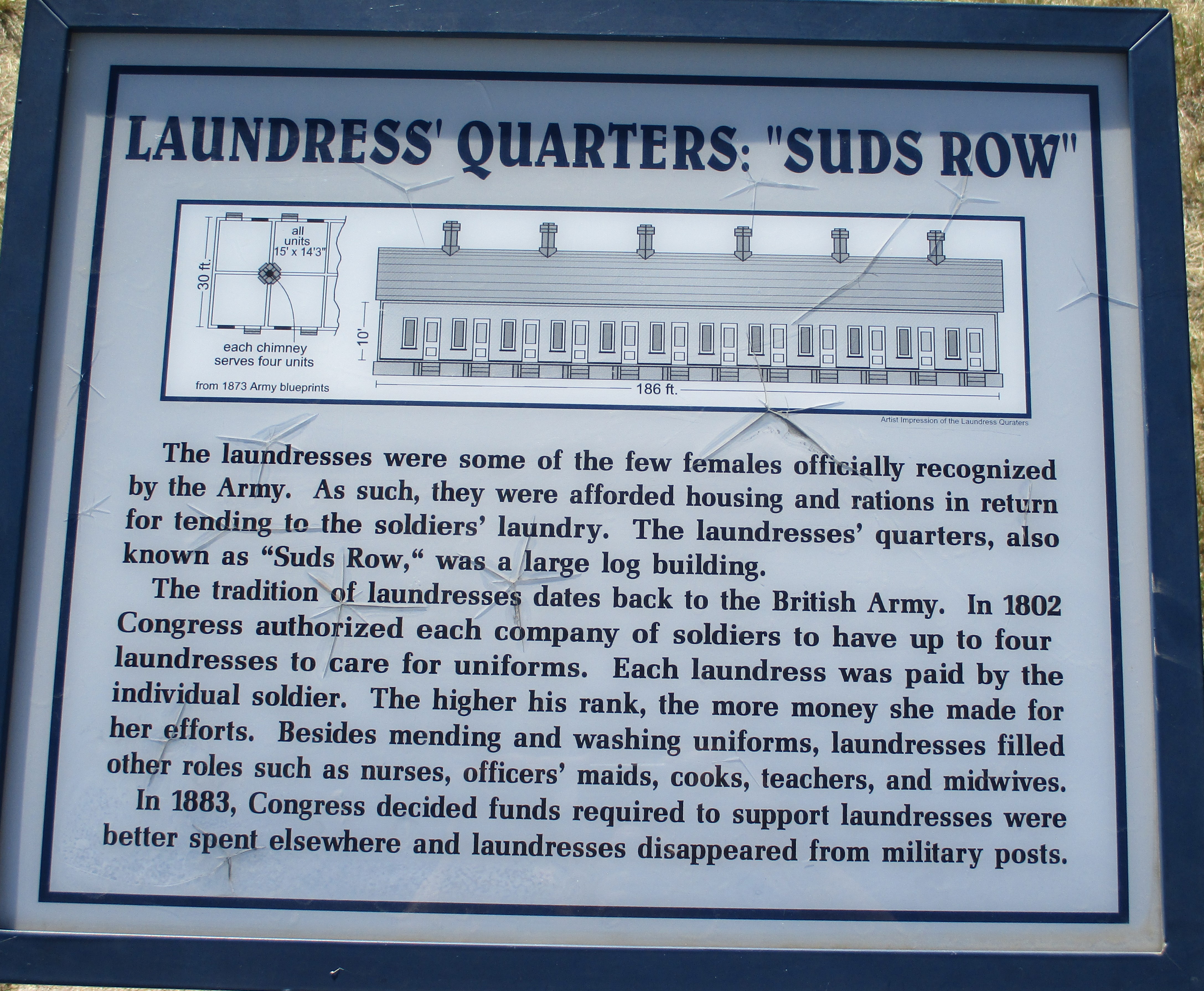

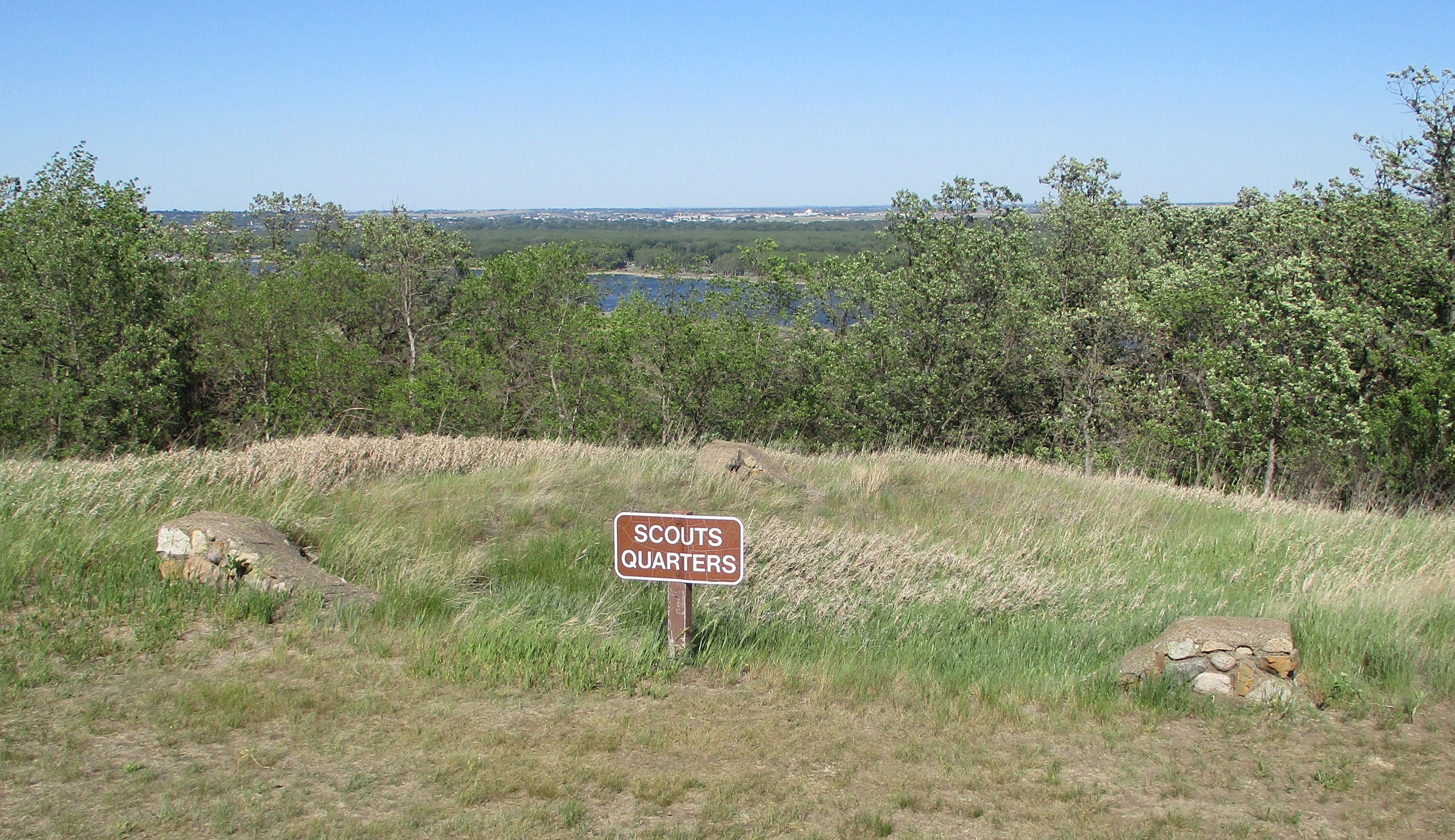




No Comments